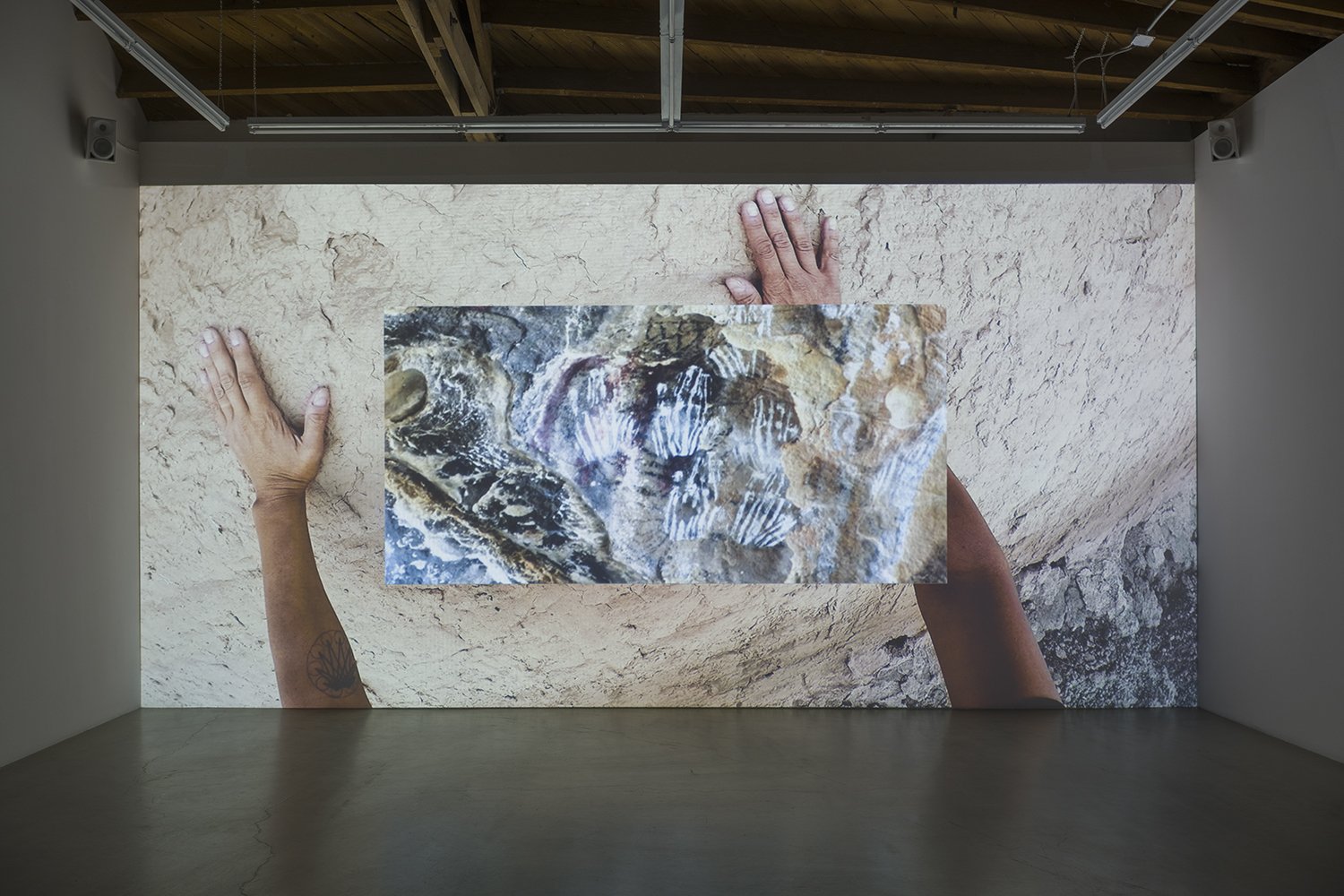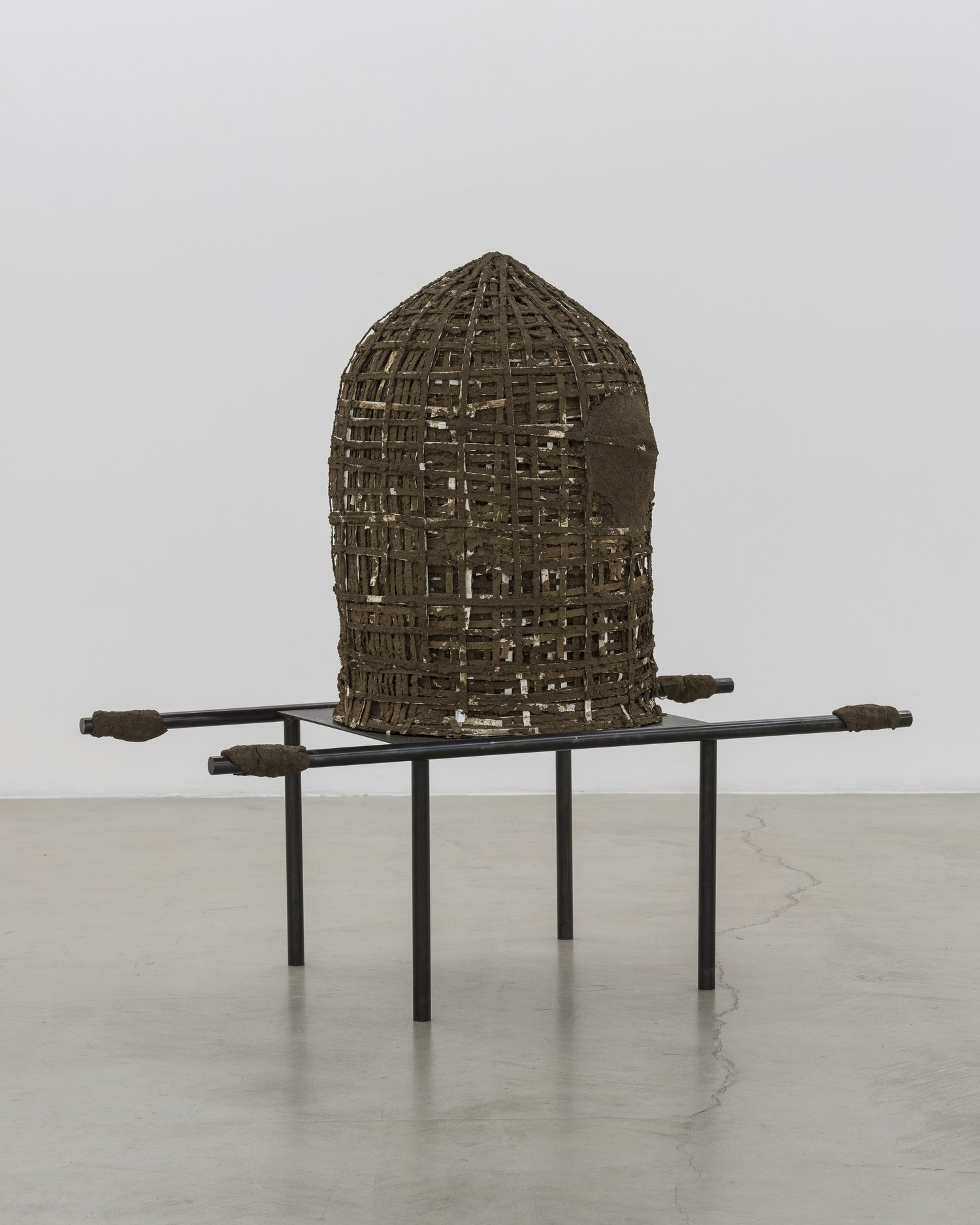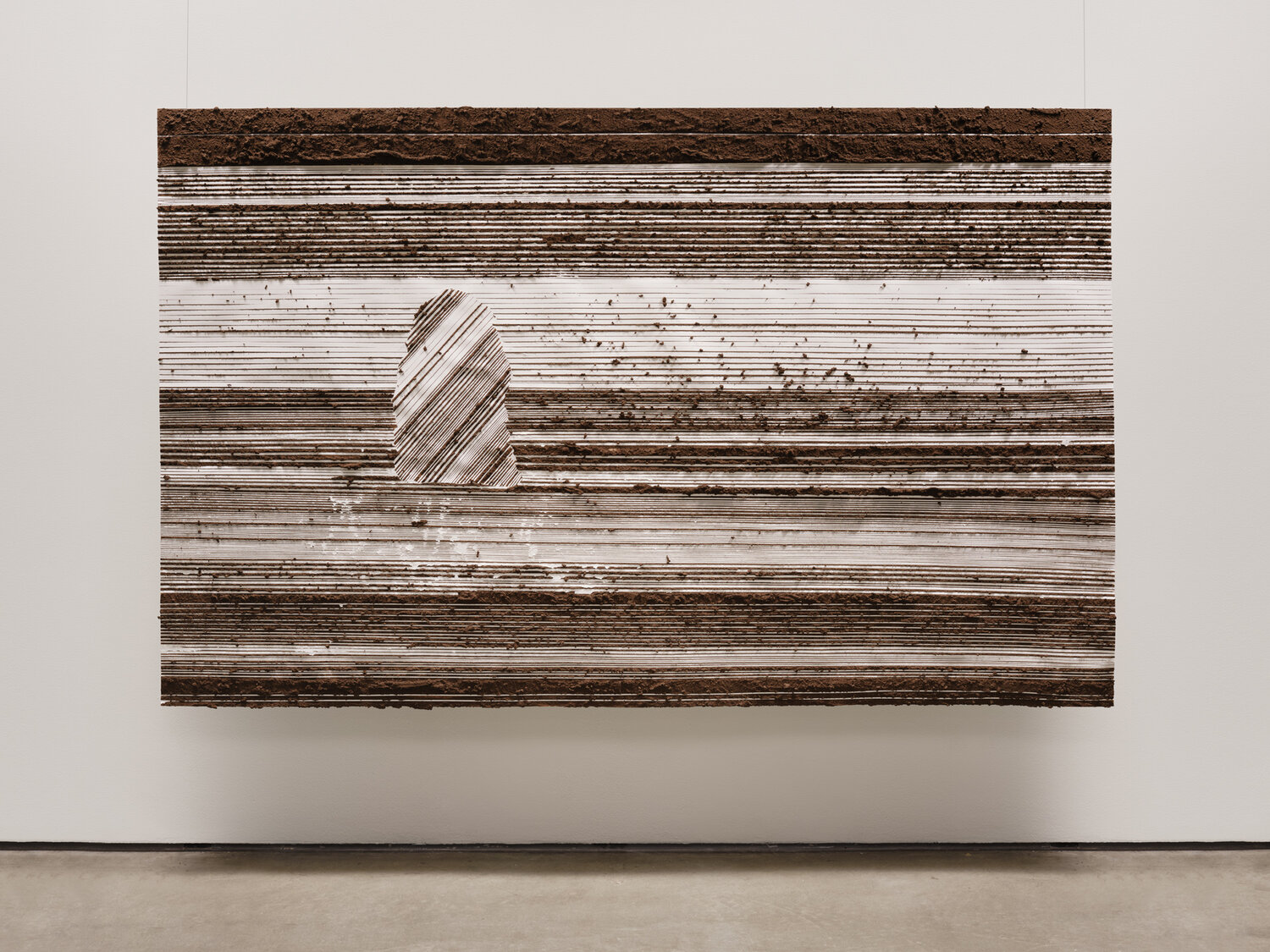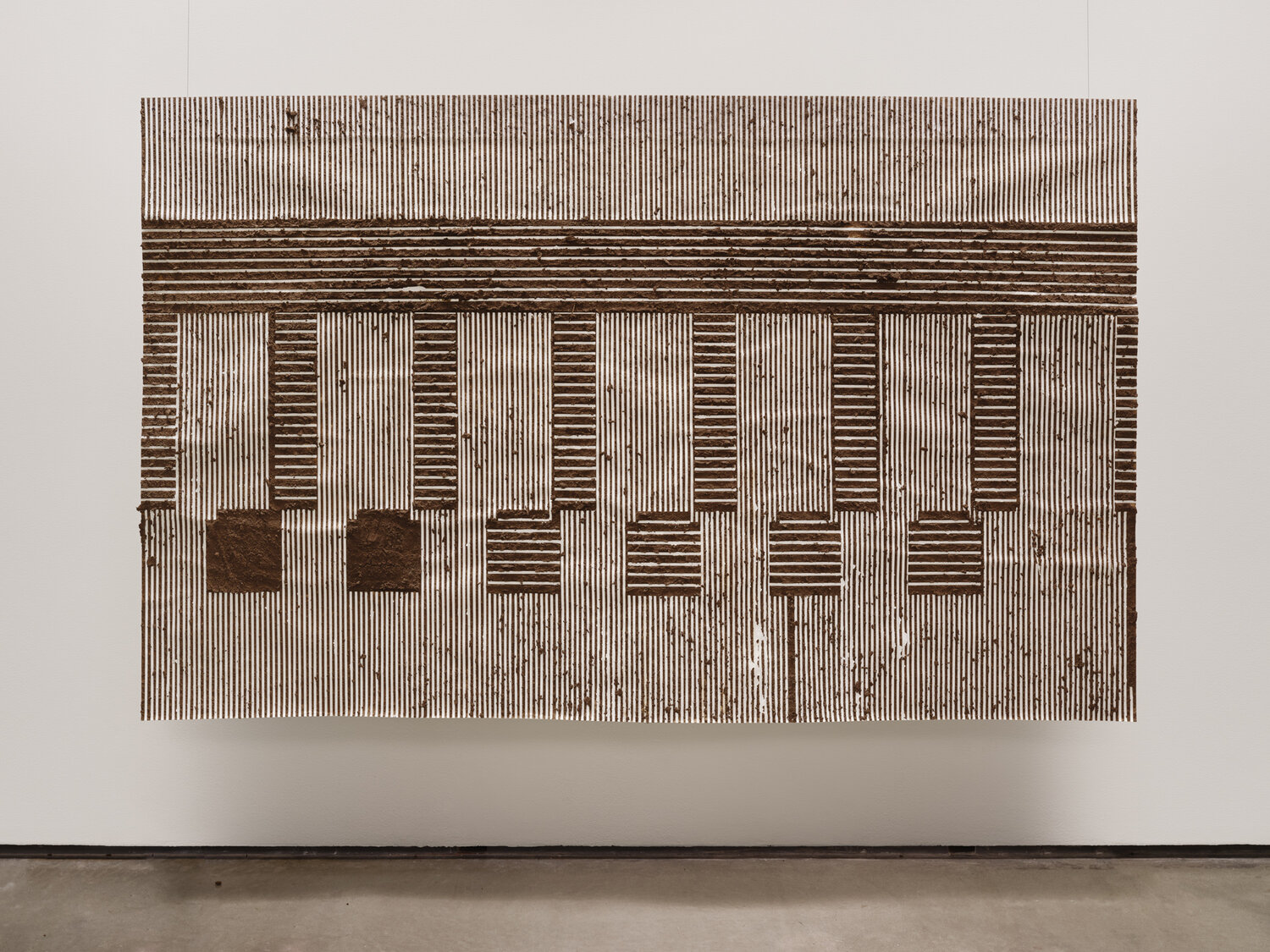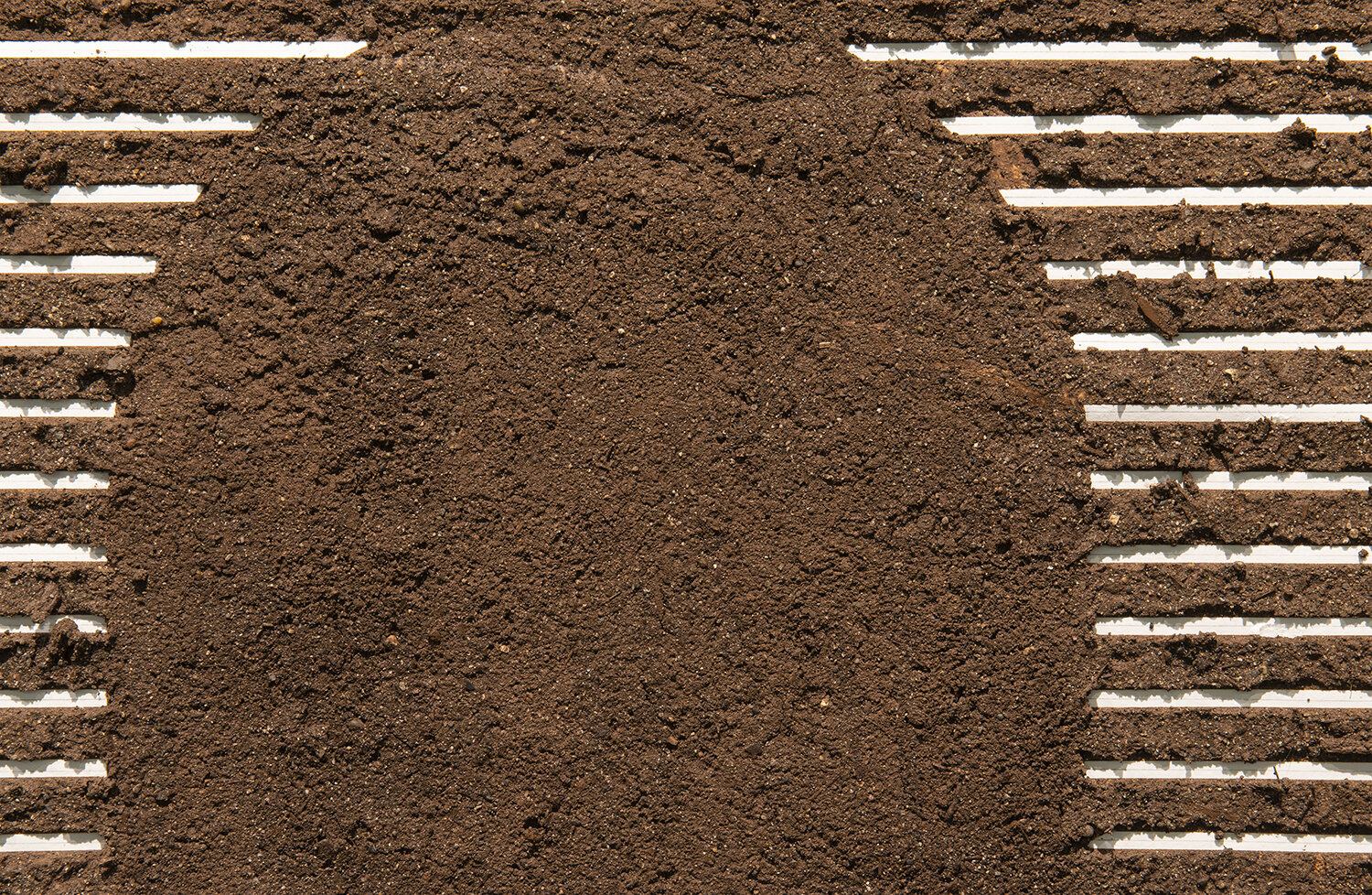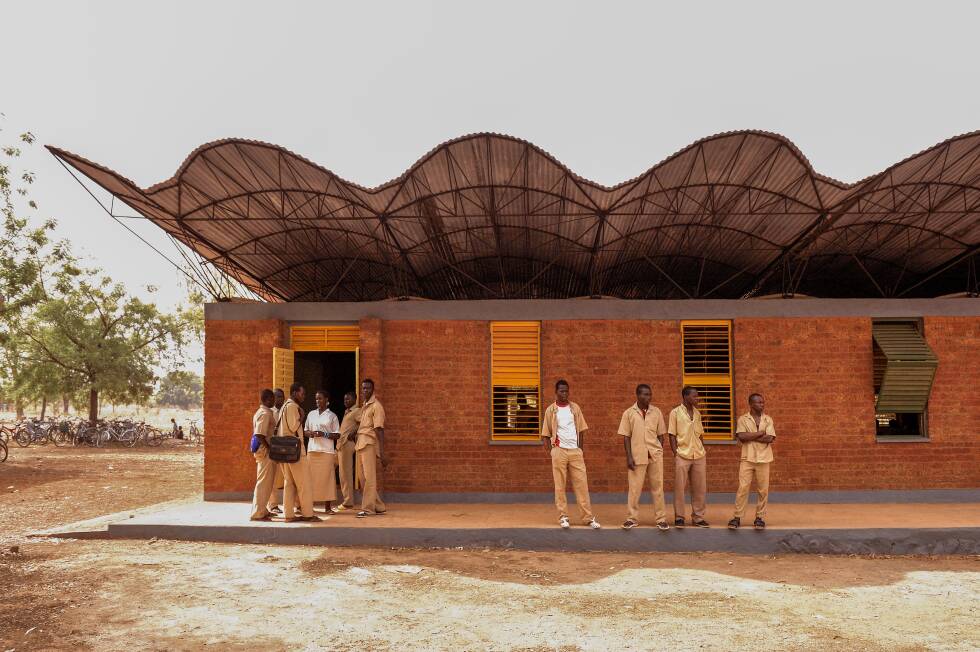
Project Info:
Status: Completed
Date: 2006-2007
Site: Dano, Burkina Faso
Size: 370 sqm
Client: Dreyer Foundation, Munich
Collaborators: EGC (Entreprise Générale de Construction)
Awards: 6th edition of the International Sustainable Architecture Prize, special mention 2008. Global Award for Sustainable Architecture 2009. BSI Swiss Architectural Award 2010
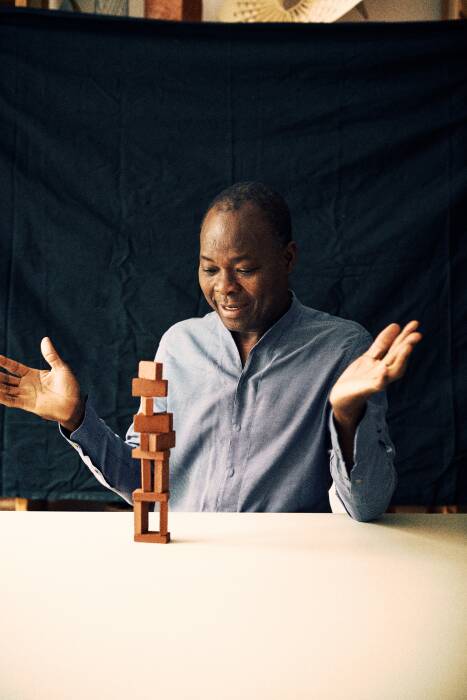
Architect: Francis Kere, 2022 Pritzker Prize Winner
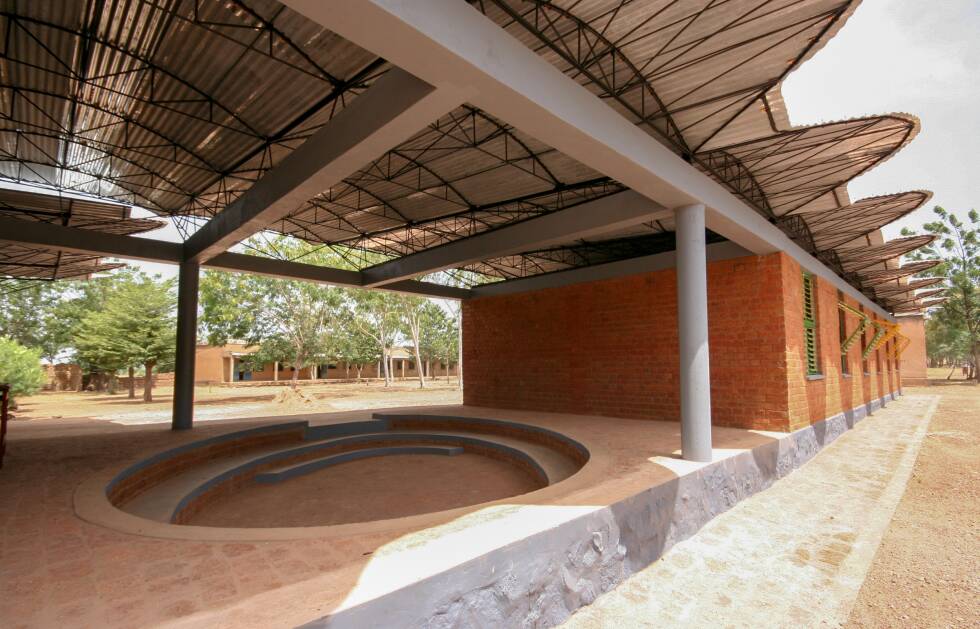
Having established its expertise with successful school building projects in Gando, Kéré Architecture was commissioned to build the Dano Secondary School in Burkina Faso. The building was designed from the outset with the goal of making it environmentally sustainable and appropriate to its specific climatic conditions.
The school consists of three classrooms, a computer room, office space and a shaded seating area sunken below ground level to host more informal learning sessions.
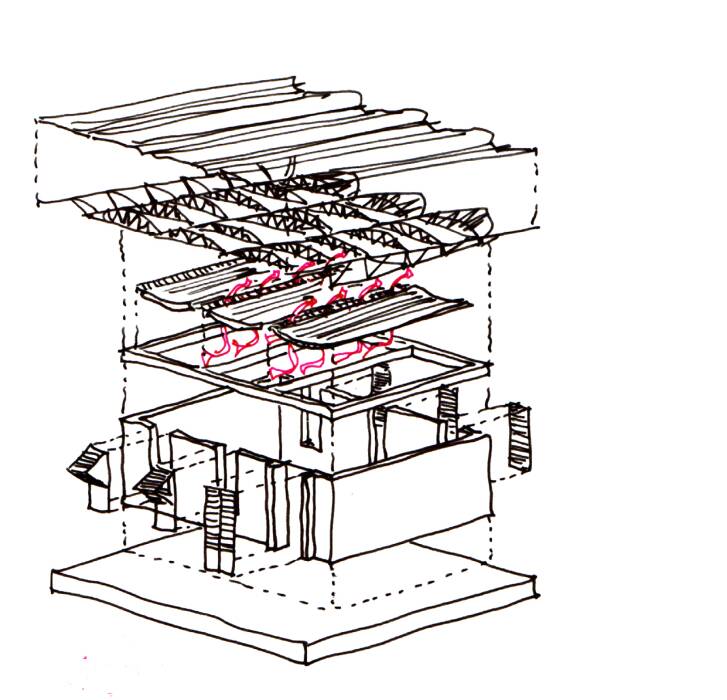
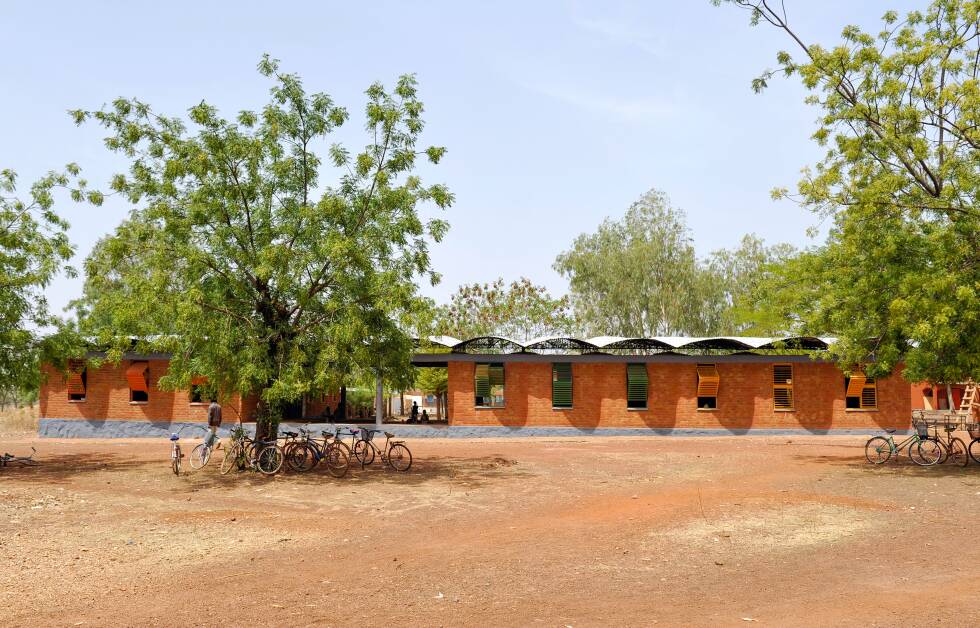
The laterite stone used for the main body of the building is abundantly available in the region and lends the walls their rich reddish-brown tone. The material is an excellent source of thermal mass, helping to absorb the ambient heat inside the building.
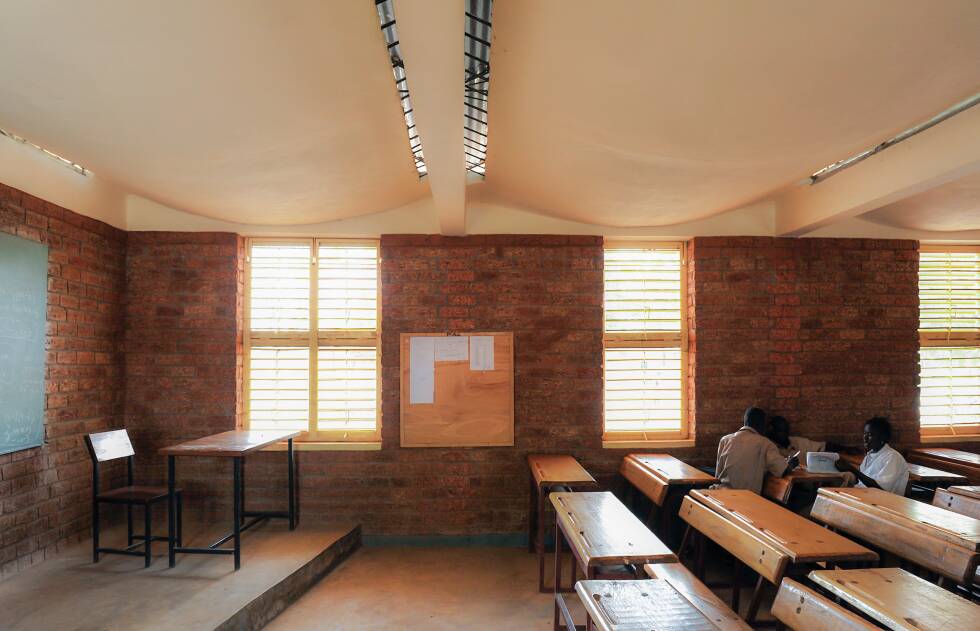
Upside-down plaster vaults reminiscent of draped fabric hang above the classrooms, diffusing indirect sunlight to make the space brighter without increasing its temperature. Gaps are introduced between the modular plaster elements, allowing hot air to travel upwards.

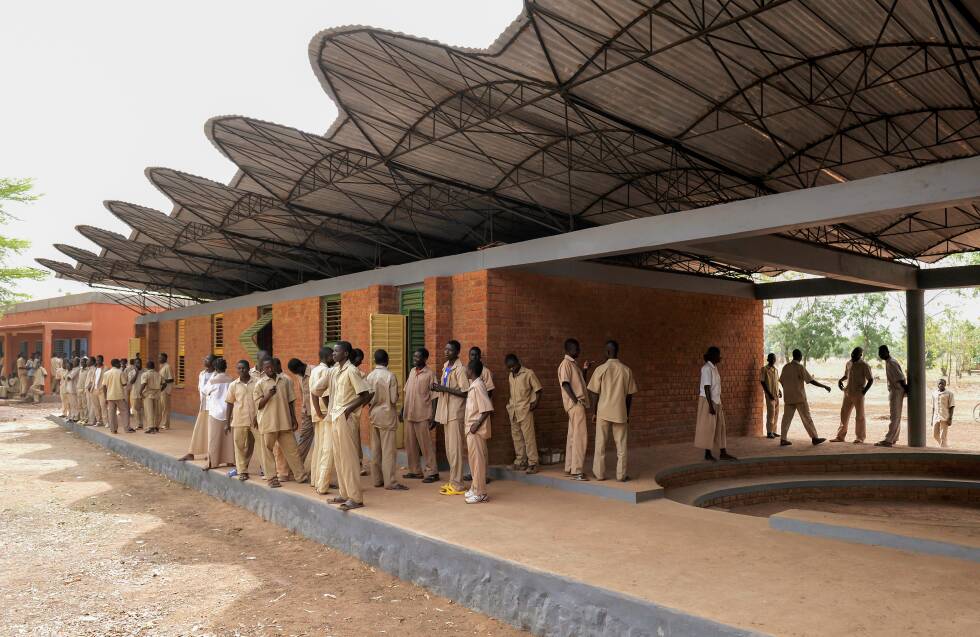
An elegant truss structure, shaped like the body of a fish, holds up the corrugated metal roof. The roof undulates along the length of the building, silhouetted against the bright sky. Its generous overhang, combined with the building’s east-west orientation, helps to reduce the impact of direct sunlight. (Kere Architecture)
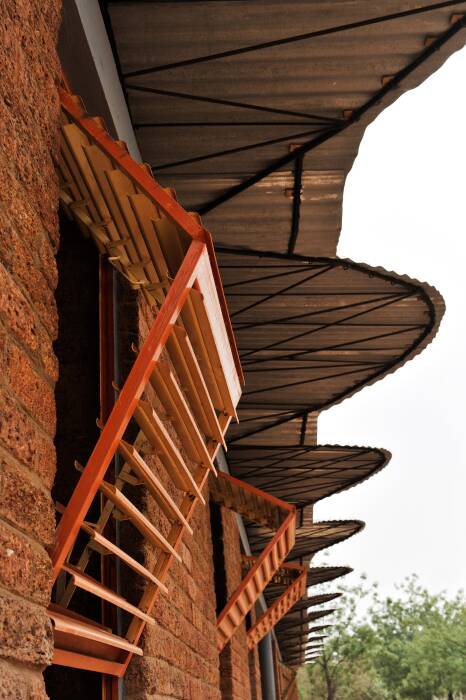
The load-bearing masonry walls are made of laterite, an iron-rich soil found in the area that hardens when exposed to air. Villagers shaped the red bricks with basic tools. “This is very important — they don’t need to buy a new tool to do this building,” emphasizes Kéré. In constructing the walls, the architect opted to use less mortar than is typically applied in bricklaying. His goal: to “let the material be seen like it is,” while also boosting the walls’ strength.
To protect the building from the elements, Kéré developed an undulating, corrugated tin roof that hovers several feet above the building and is supported by an elegant truss system made of common rebar. Aesthetically striking, the roof’s wavelike form also has a pragmatic function: Water is channeled into the folds and funneled off the roof, away from the building. (Architectural Record)
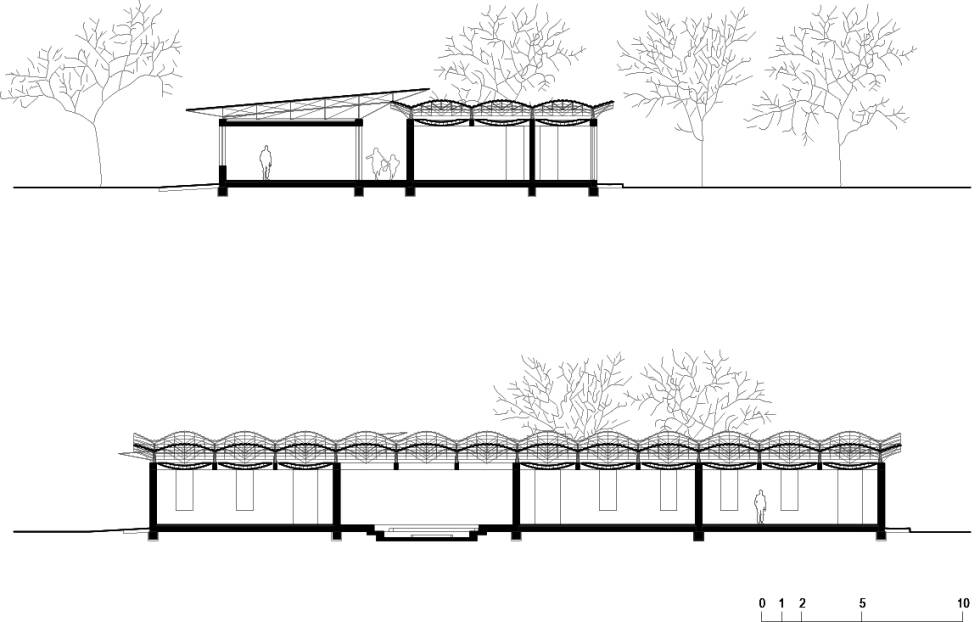

Videos:
https://youtu.be/RmRZNqi8V_w?si=C3BtlaKsEv3tIzaT&t=445
https://youtu.be/kdT_TwcA0qQ?si=WSy08ZNm6_ki5SRY&t=431
Sources:
https://www.kerearchitecture.com/work/building/dano-secondary-school
https://www.architecturalrecord.com/articles/6600-secondary-school

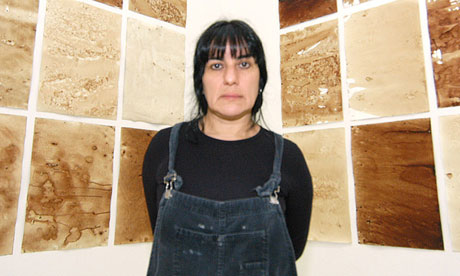
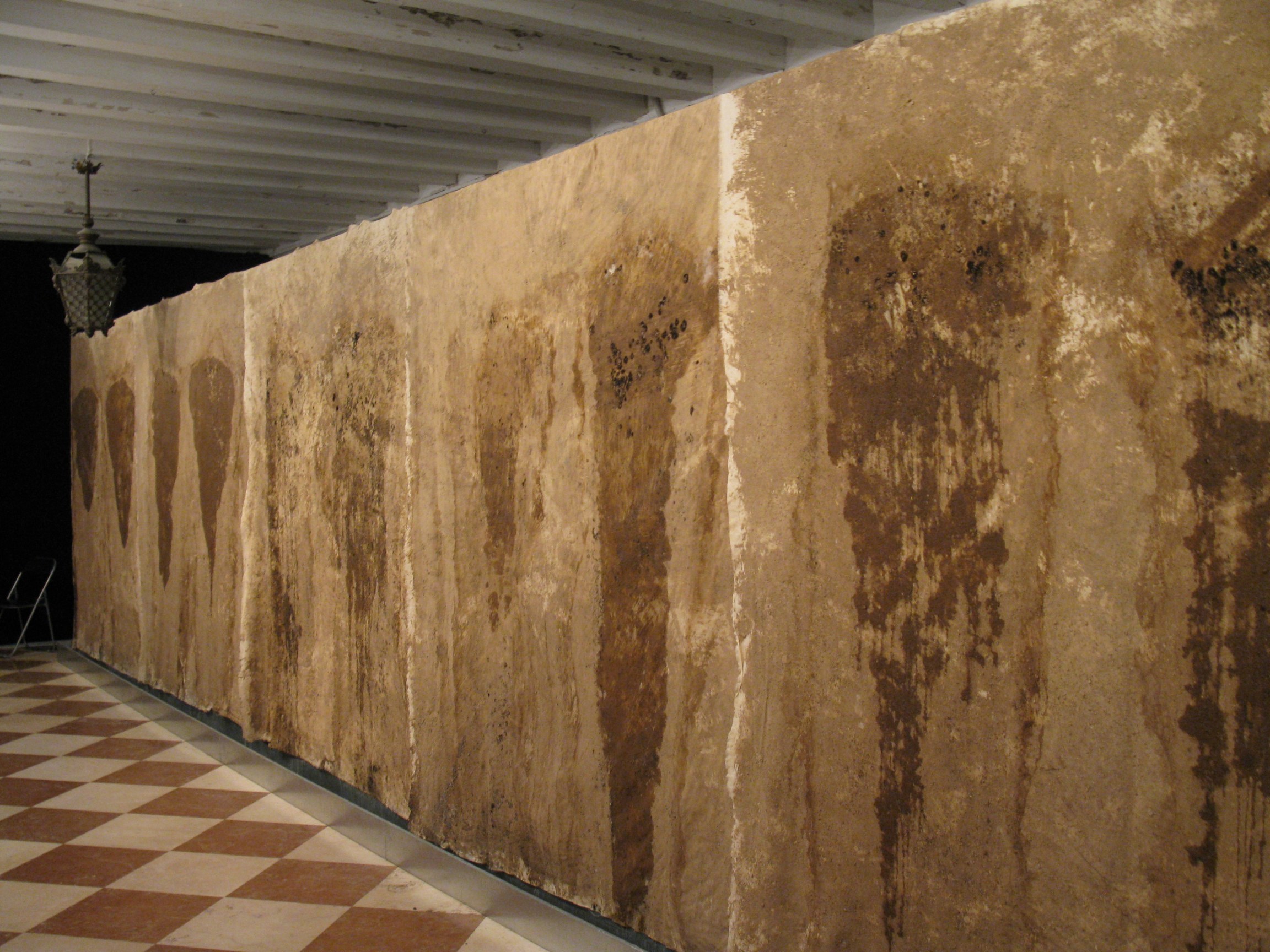


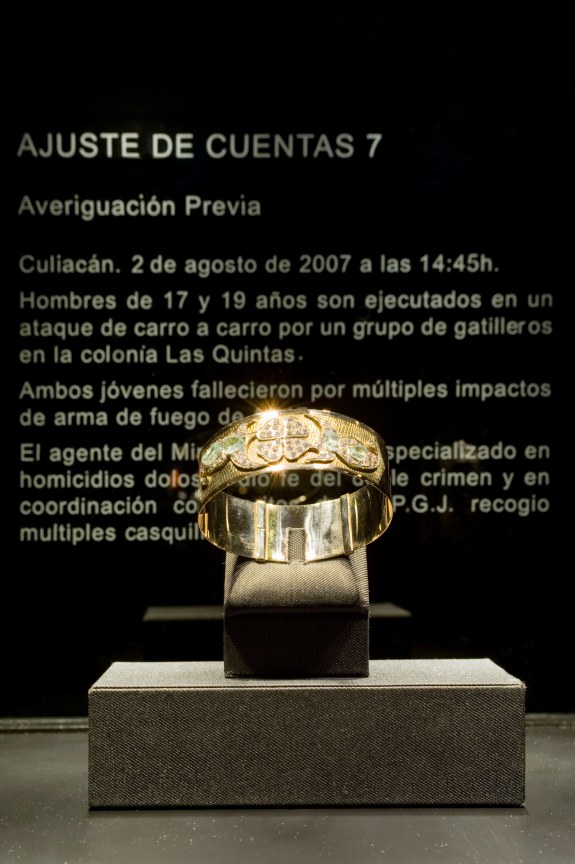

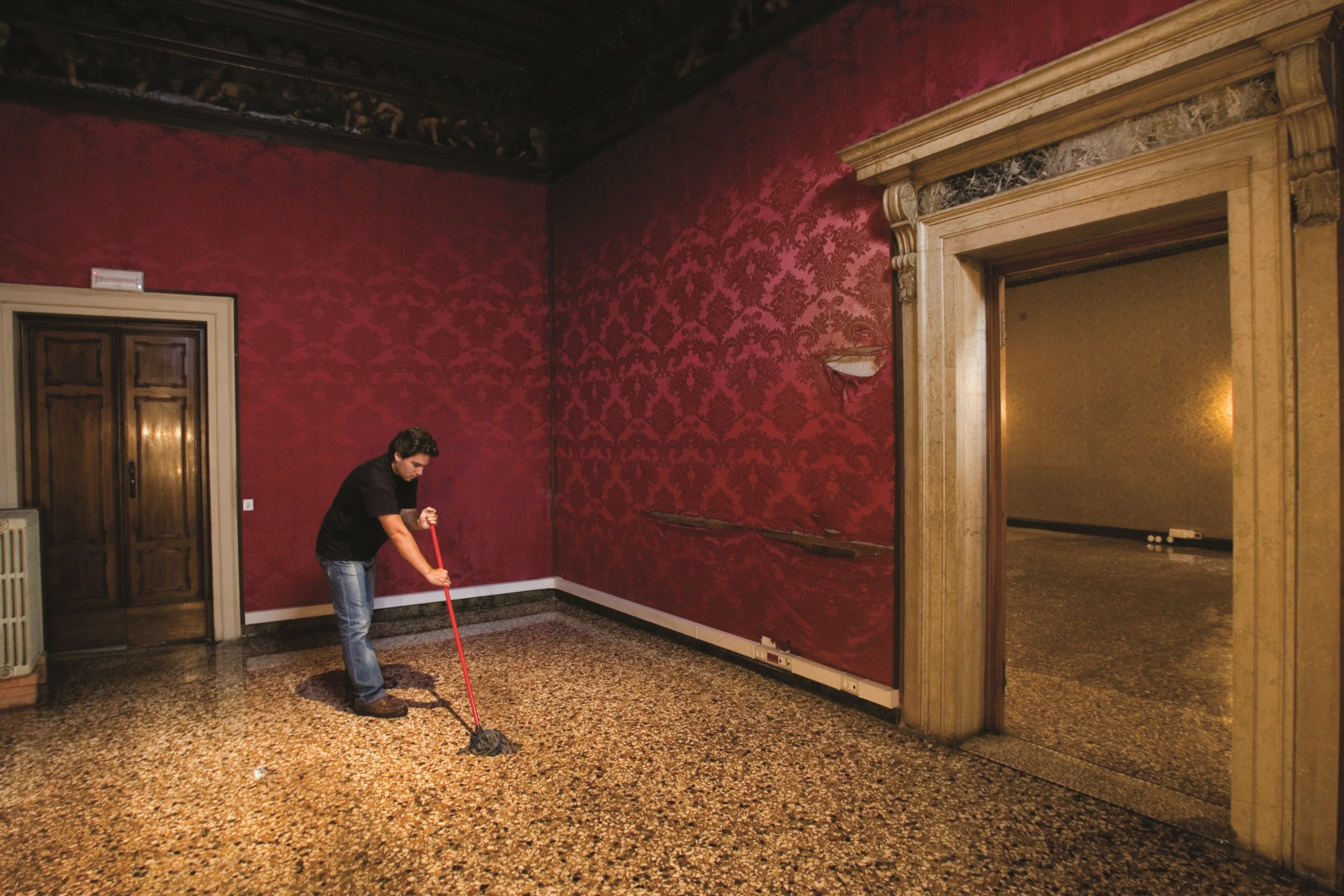





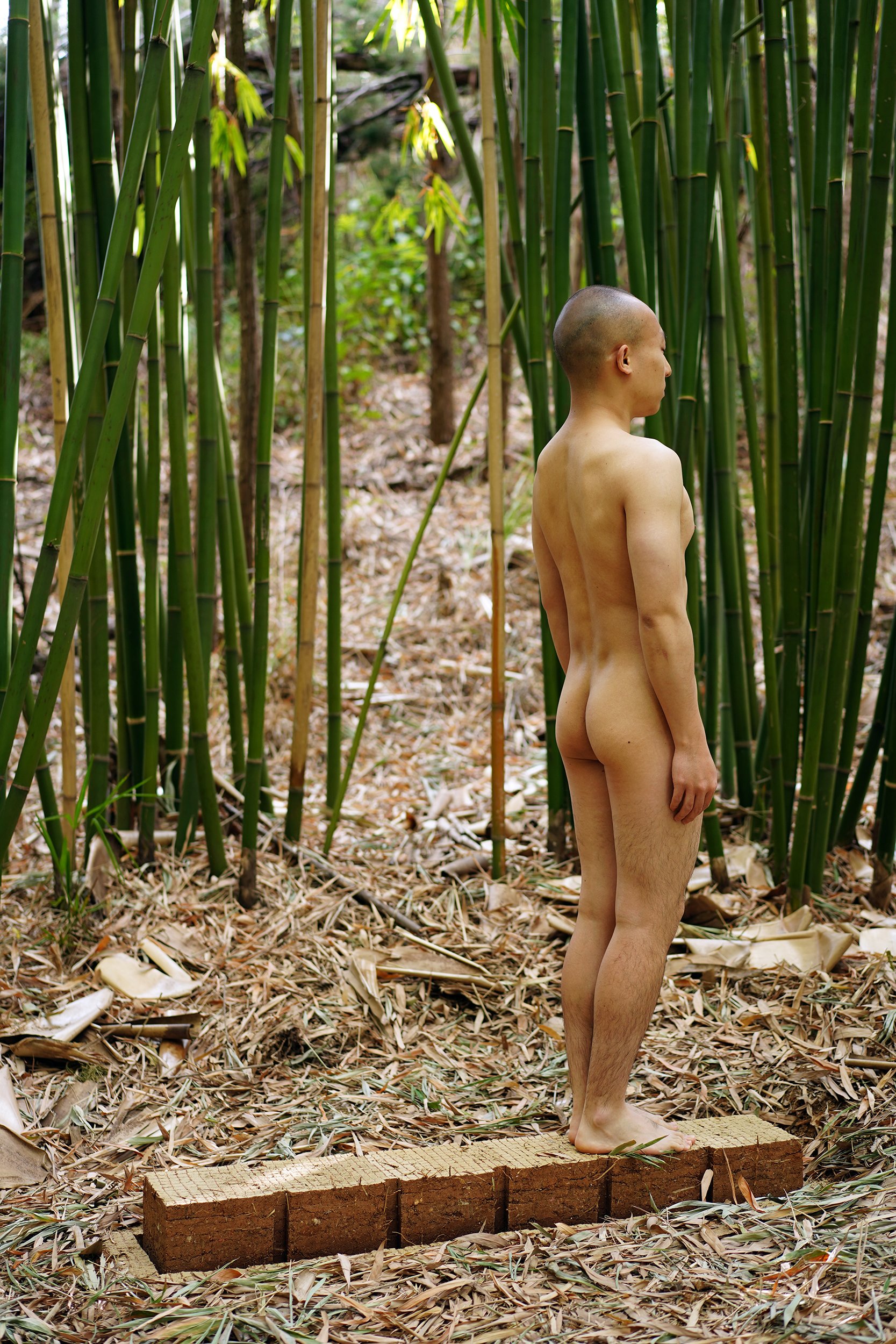
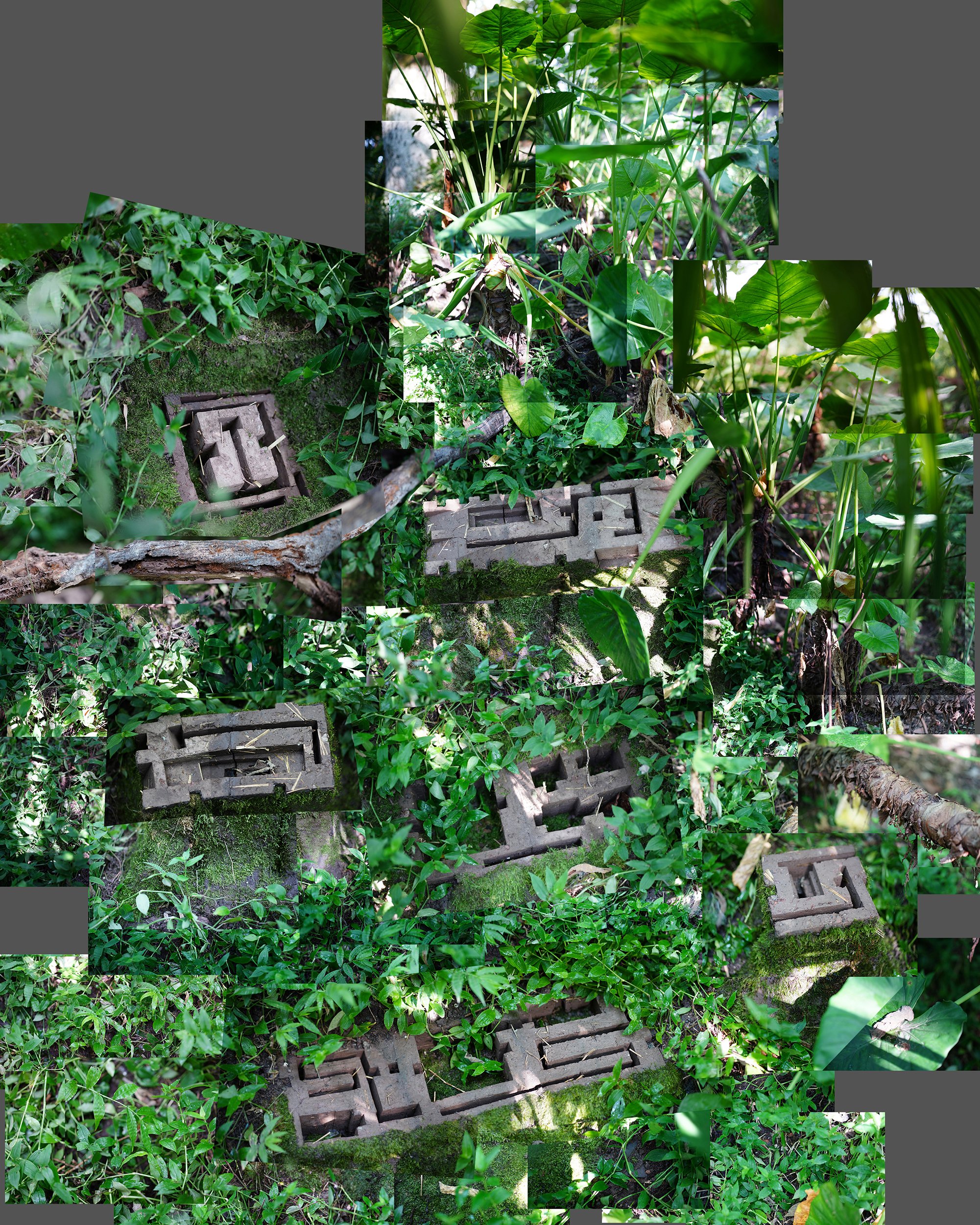




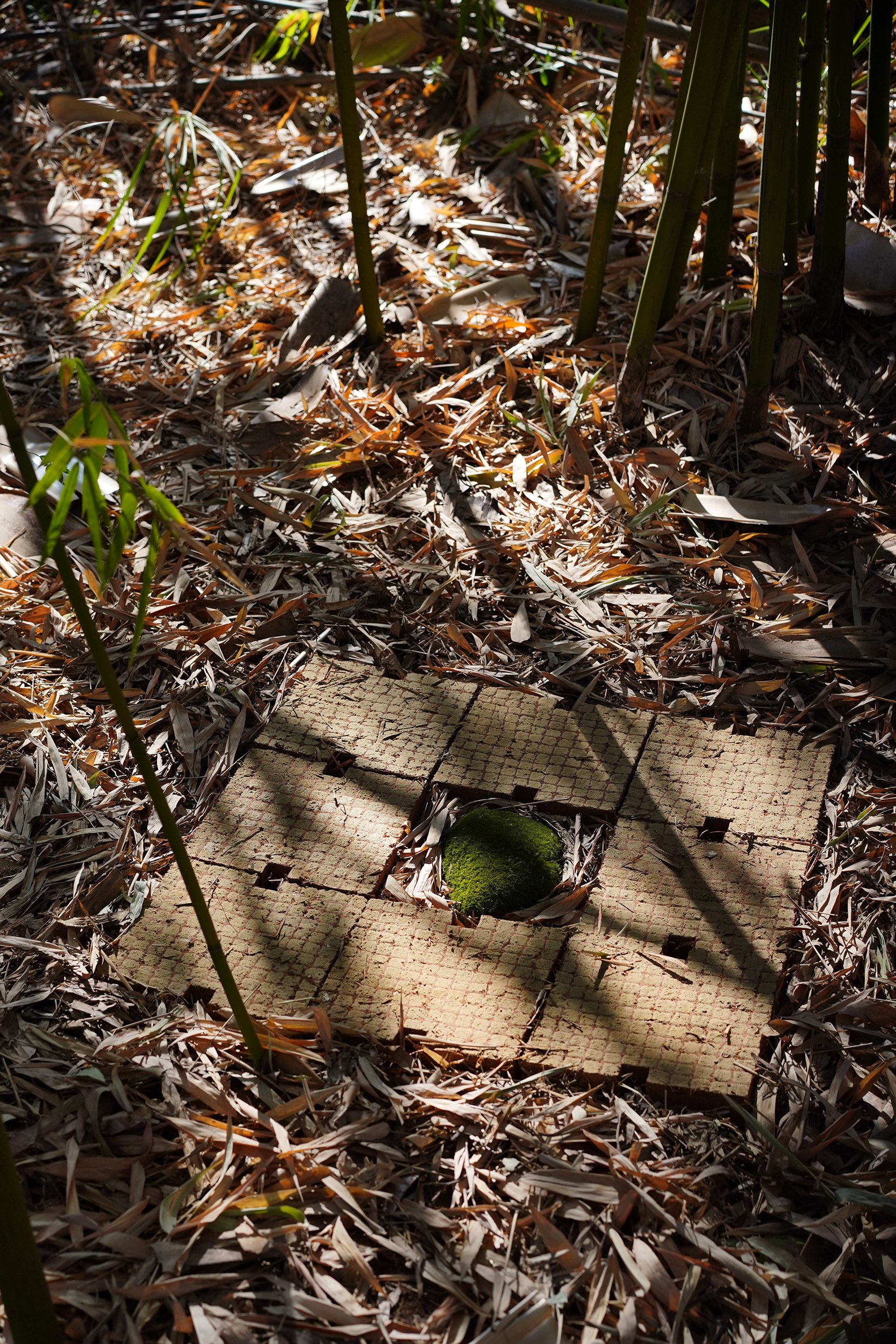
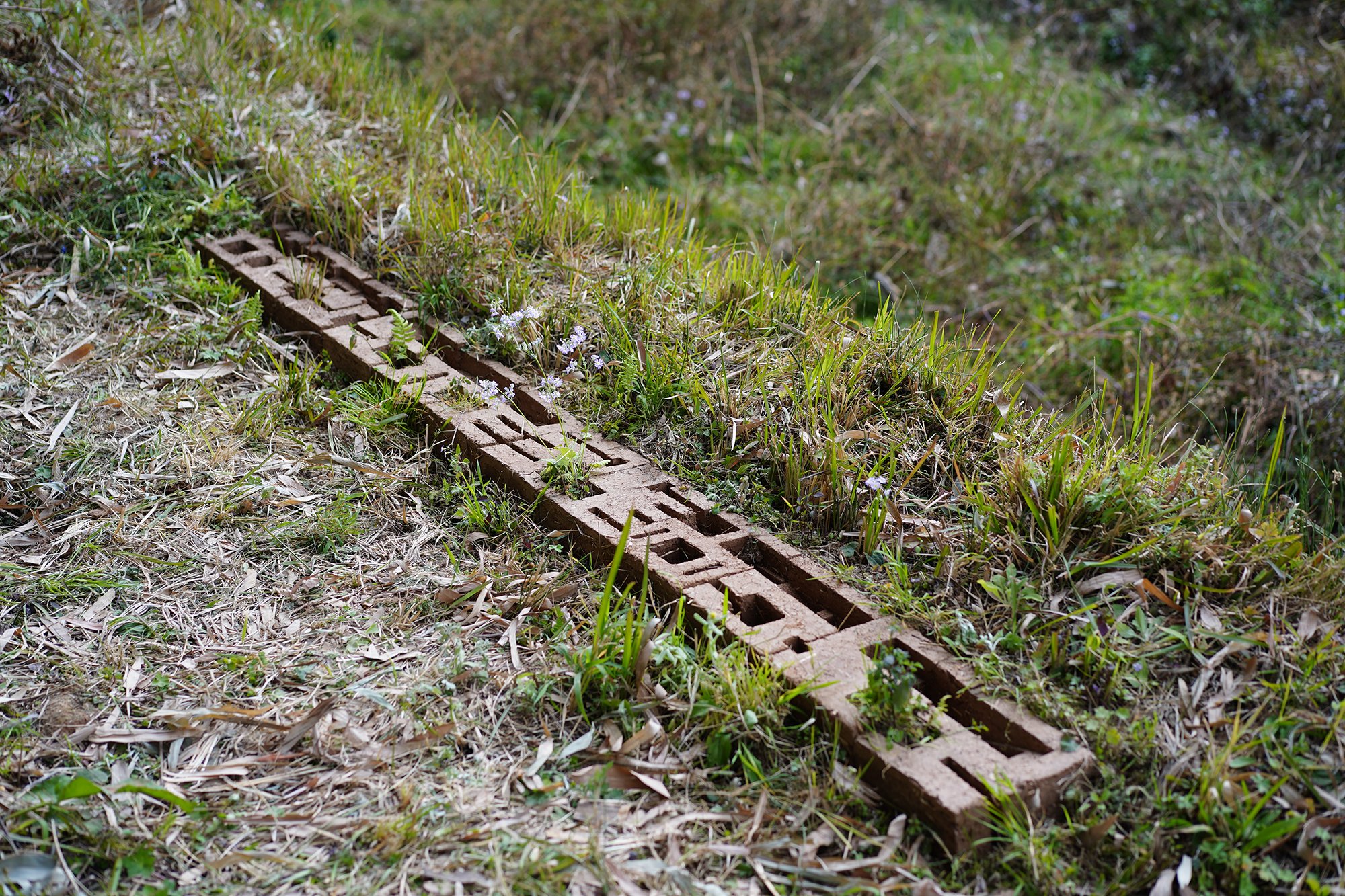

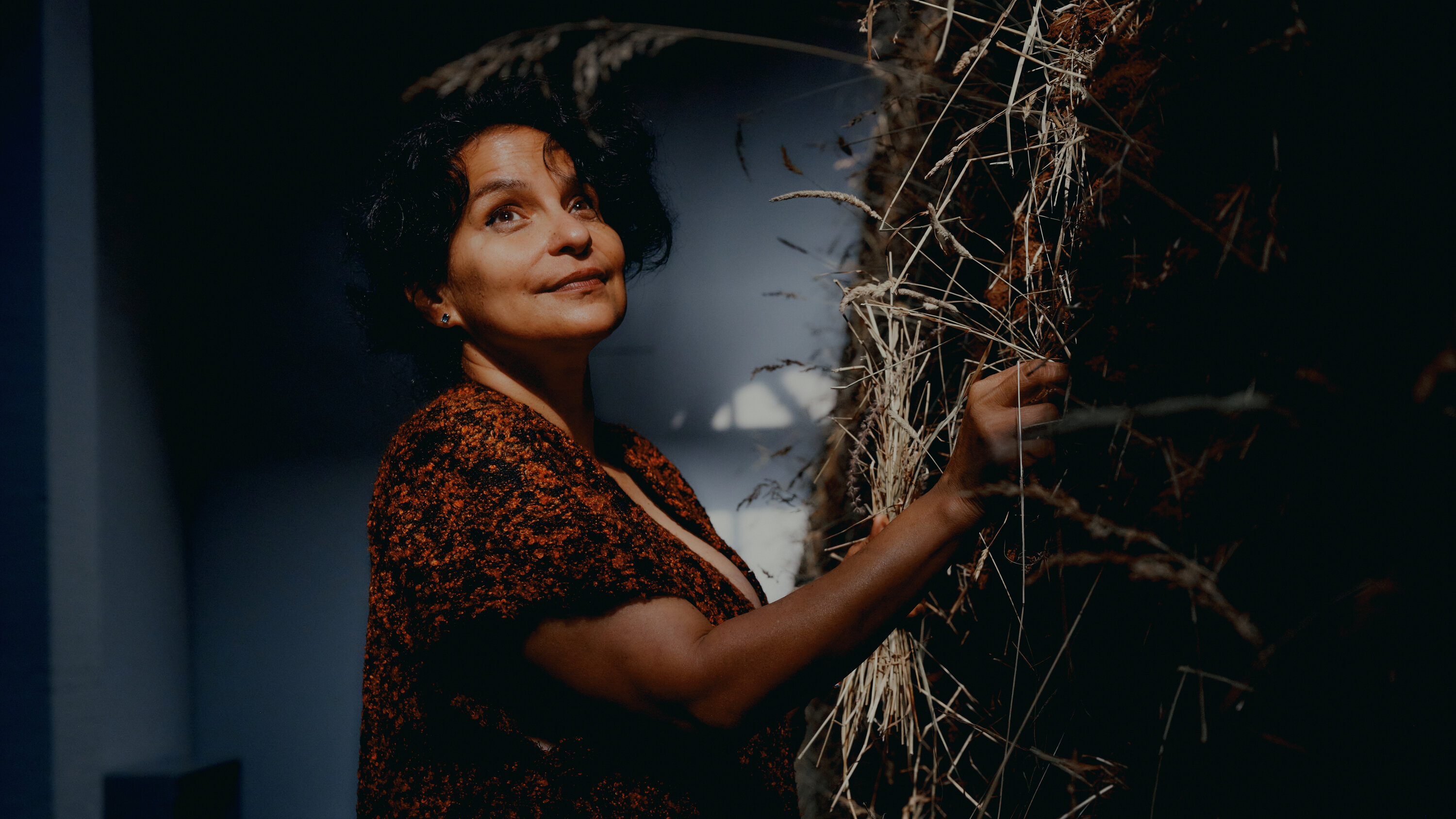
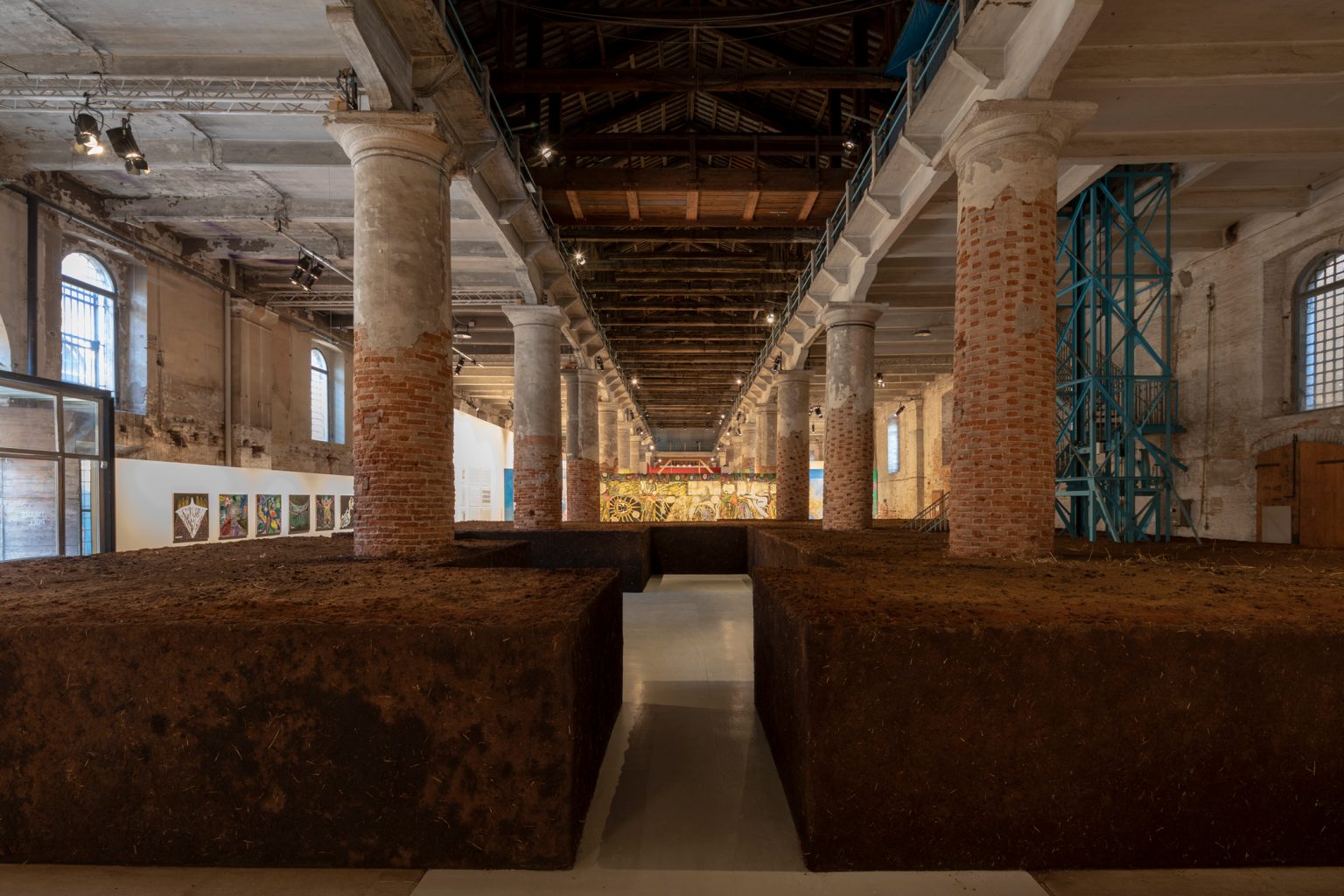
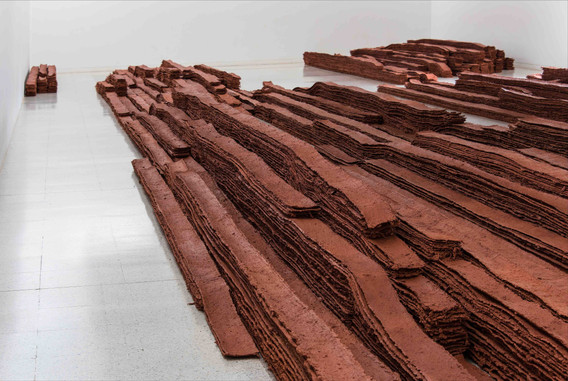




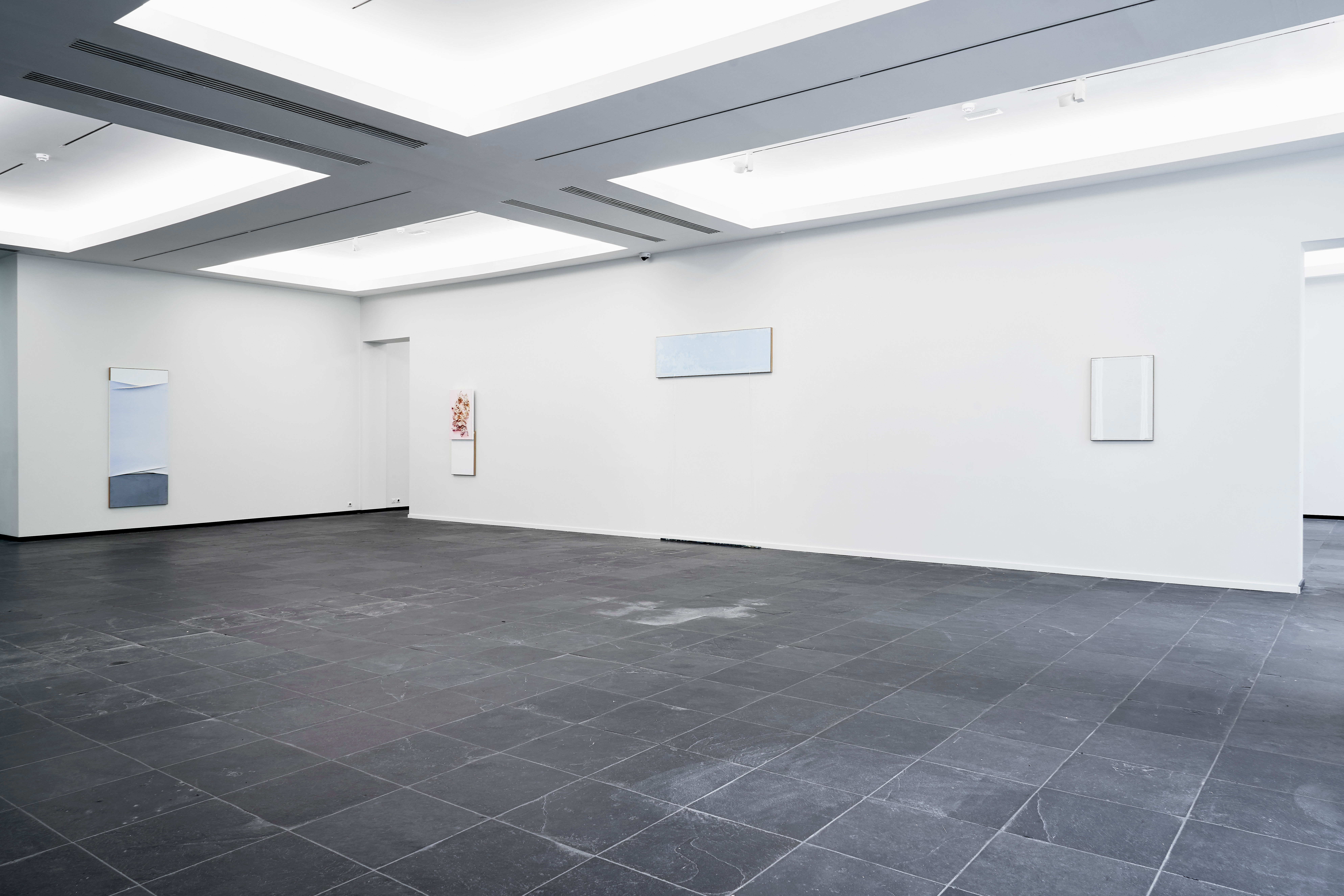
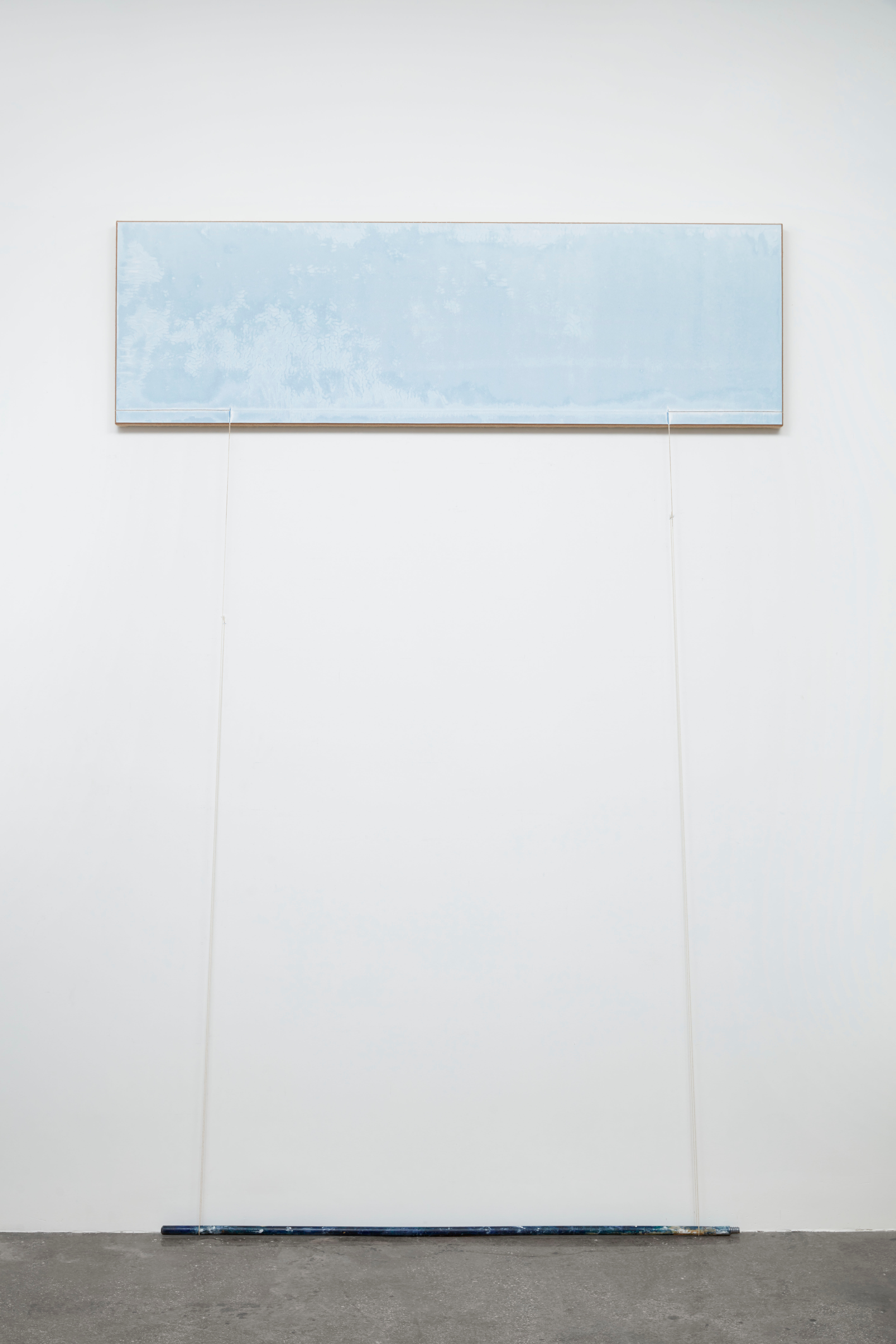

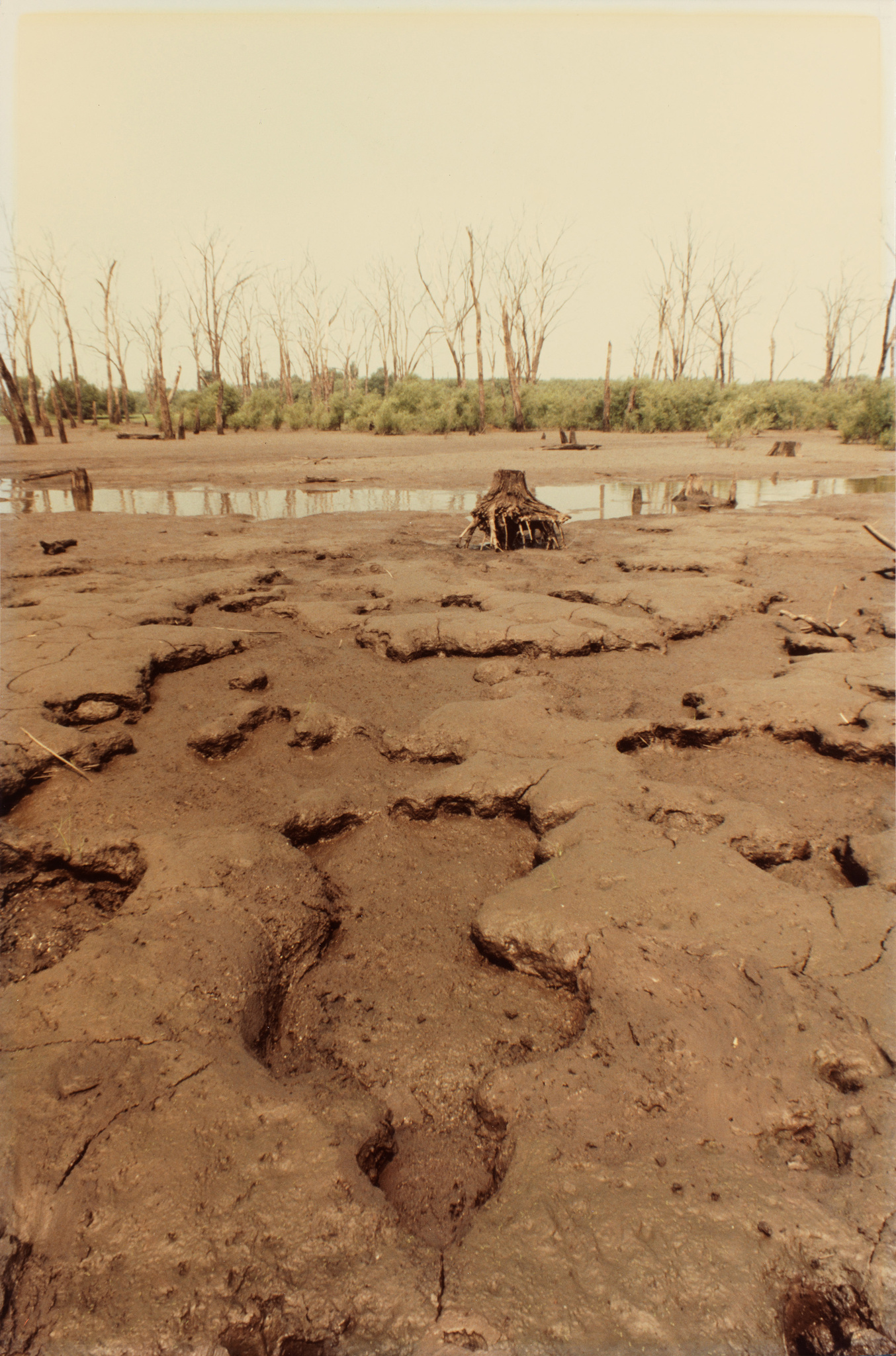
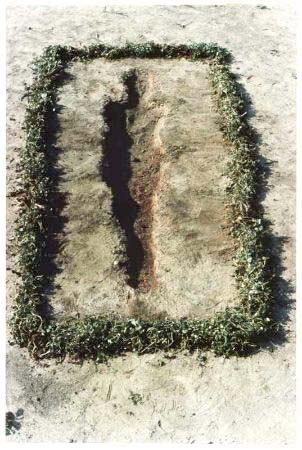
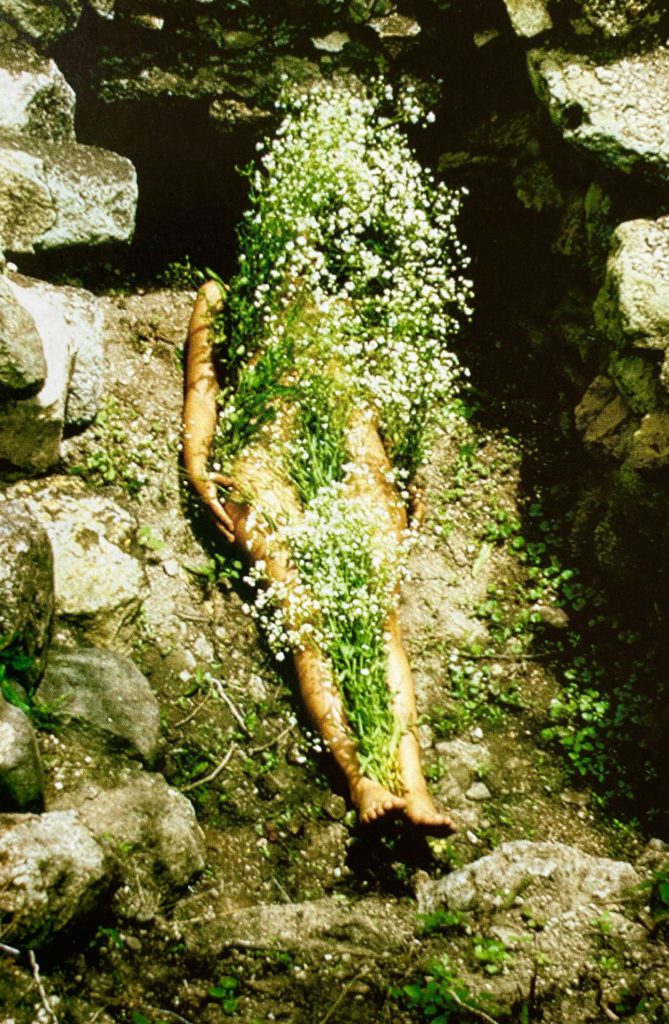

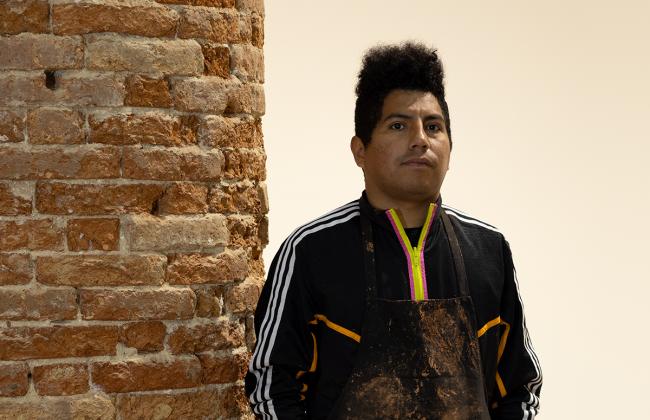
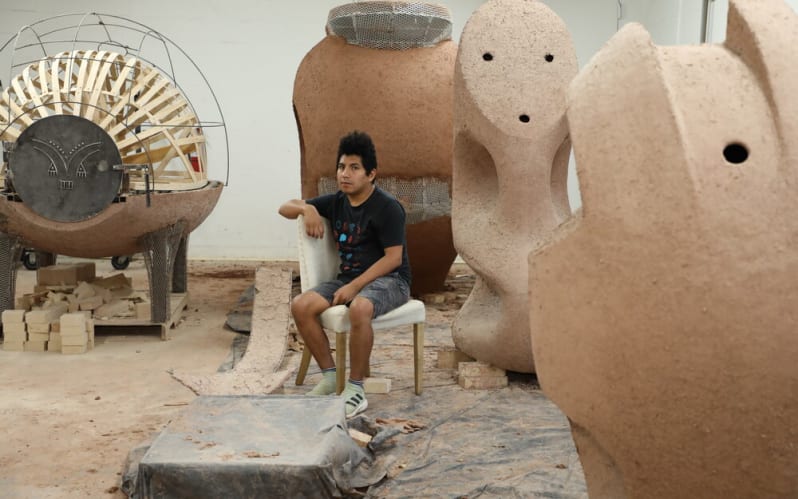
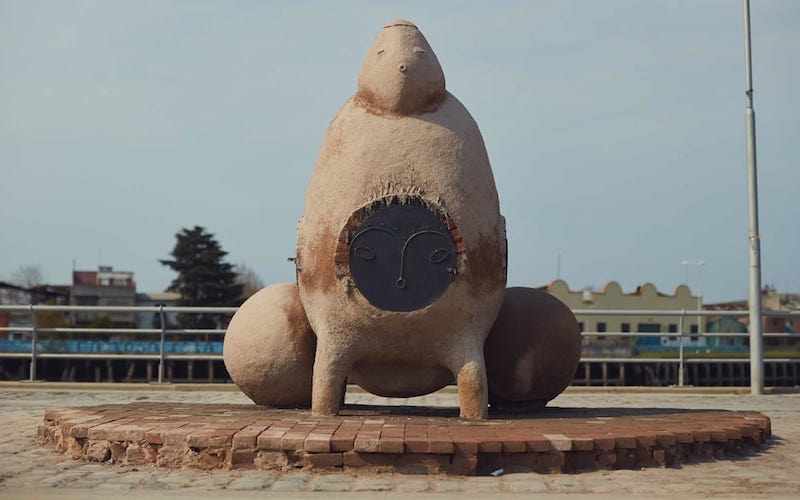
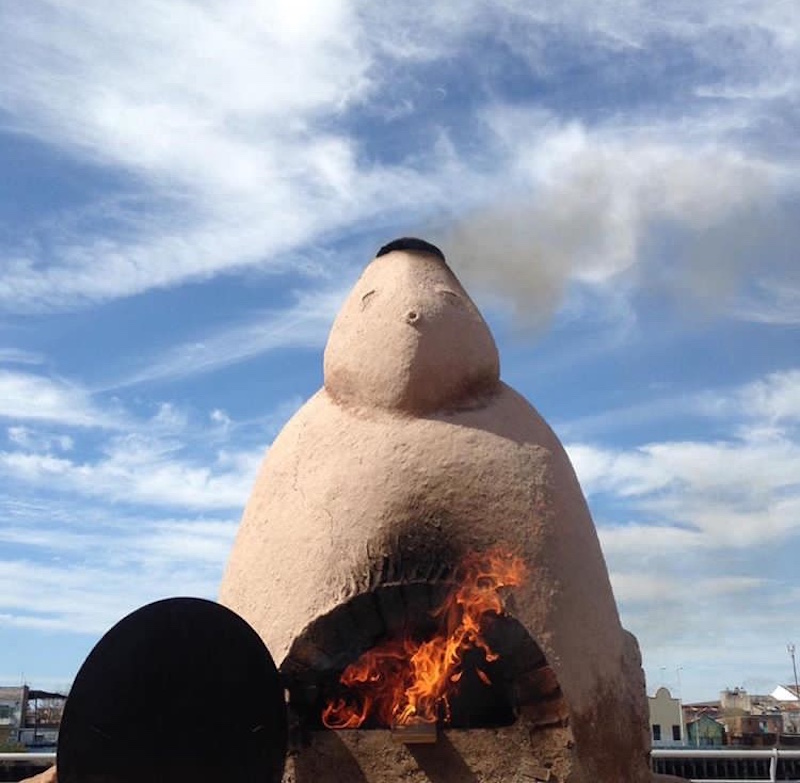
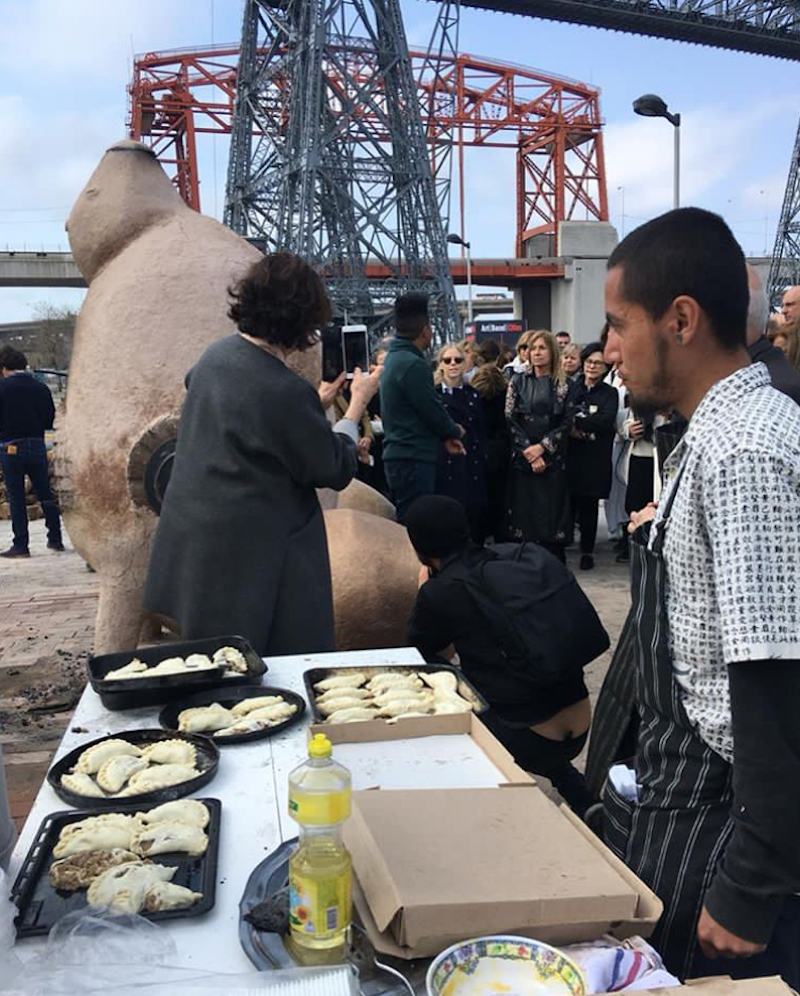
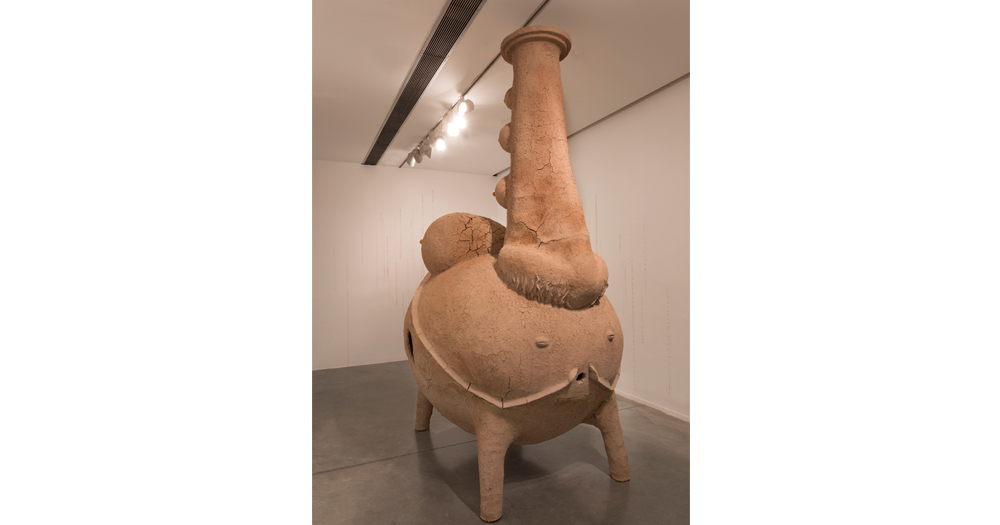





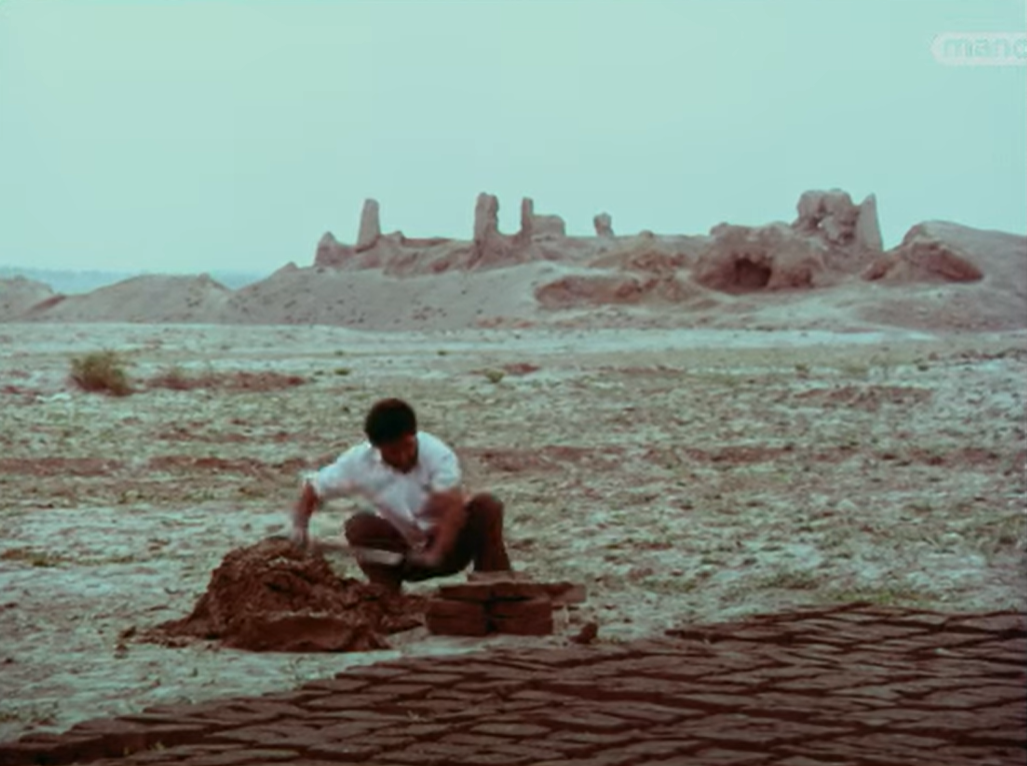
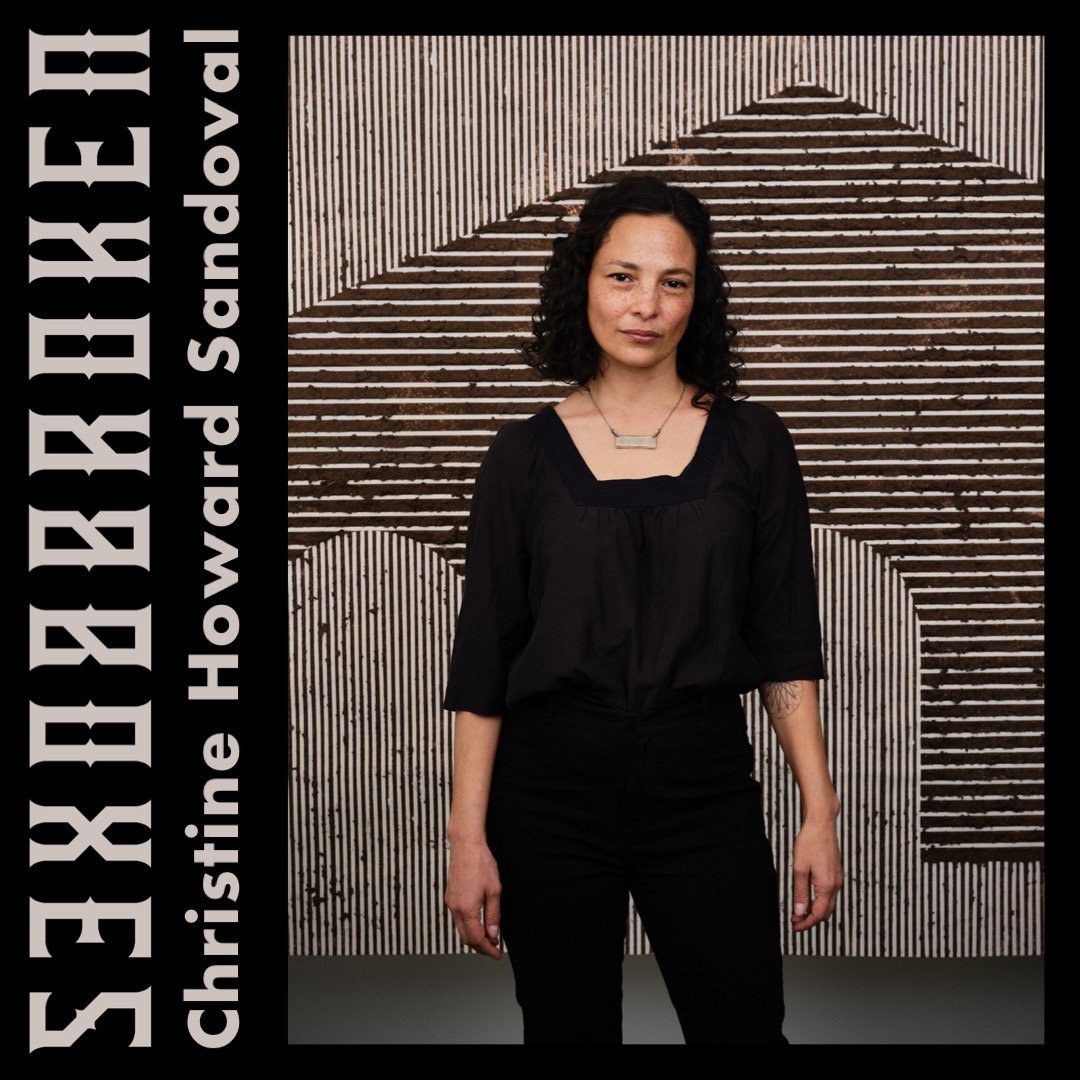
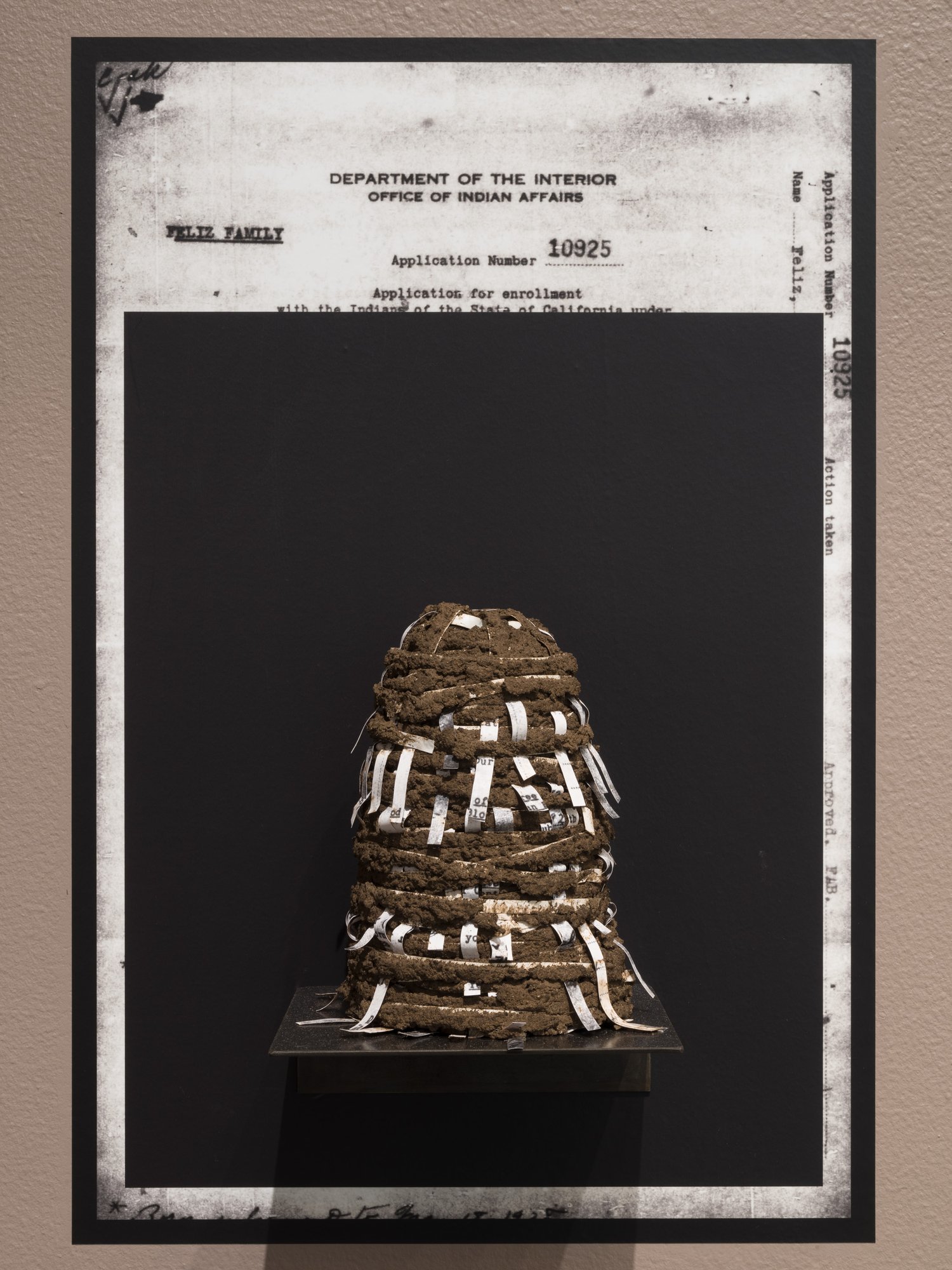
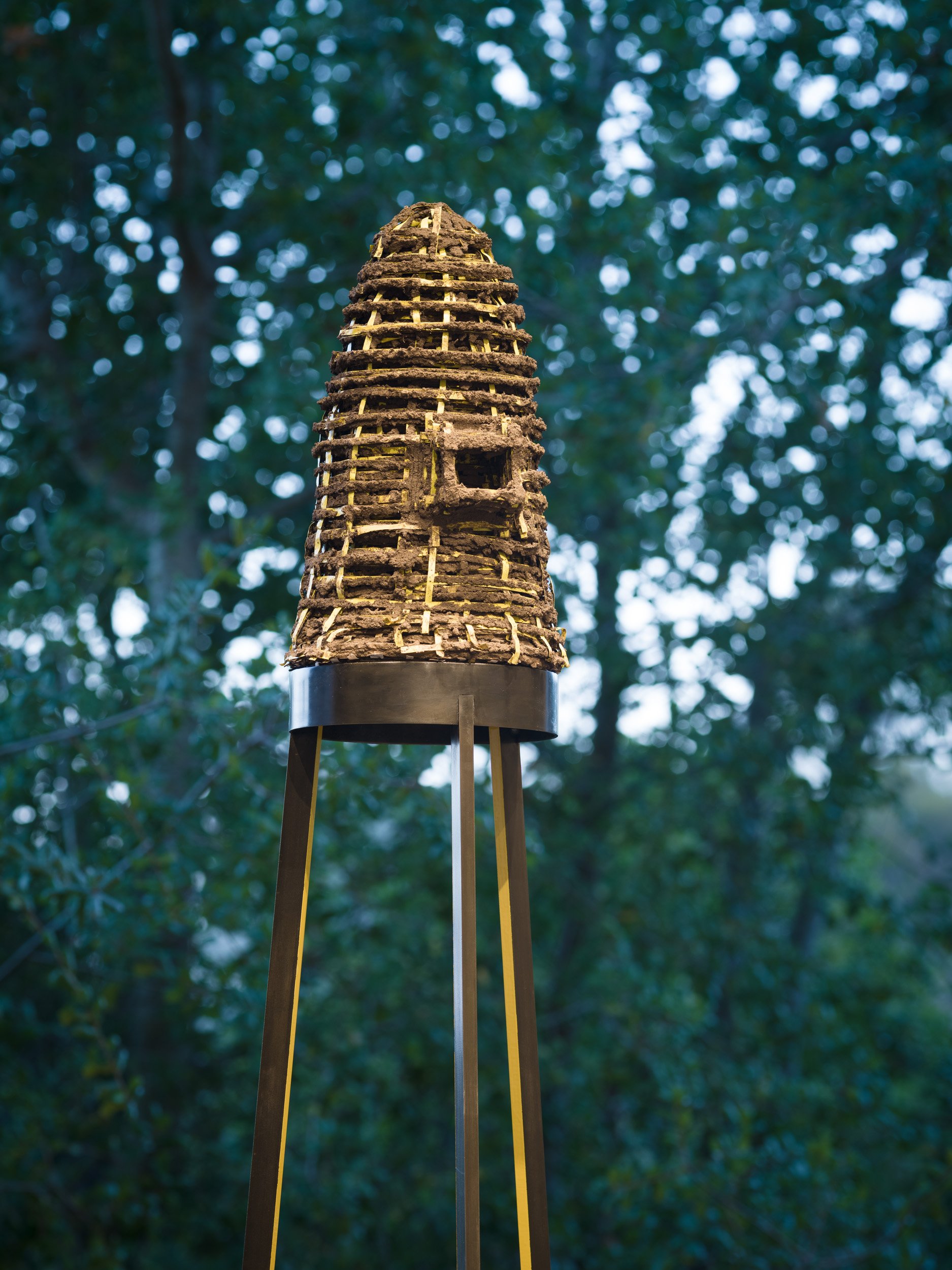 Surveillance Mound, 2021, adobe mud, tape, steel, wood, wire, paint, 89.5H X 19W X 19D inches.
Surveillance Mound, 2021, adobe mud, tape, steel, wood, wire, paint, 89.5H X 19W X 19D inches.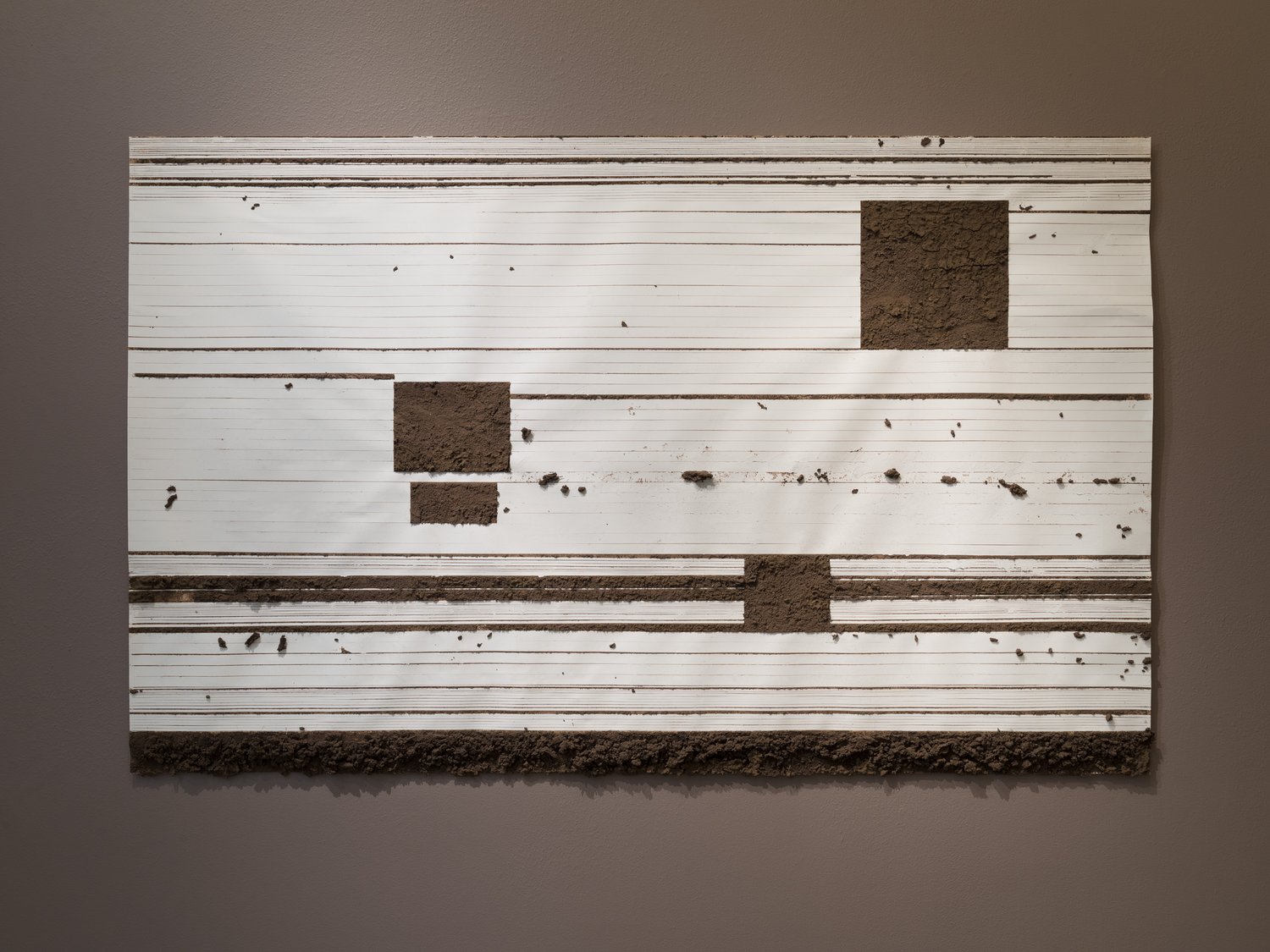
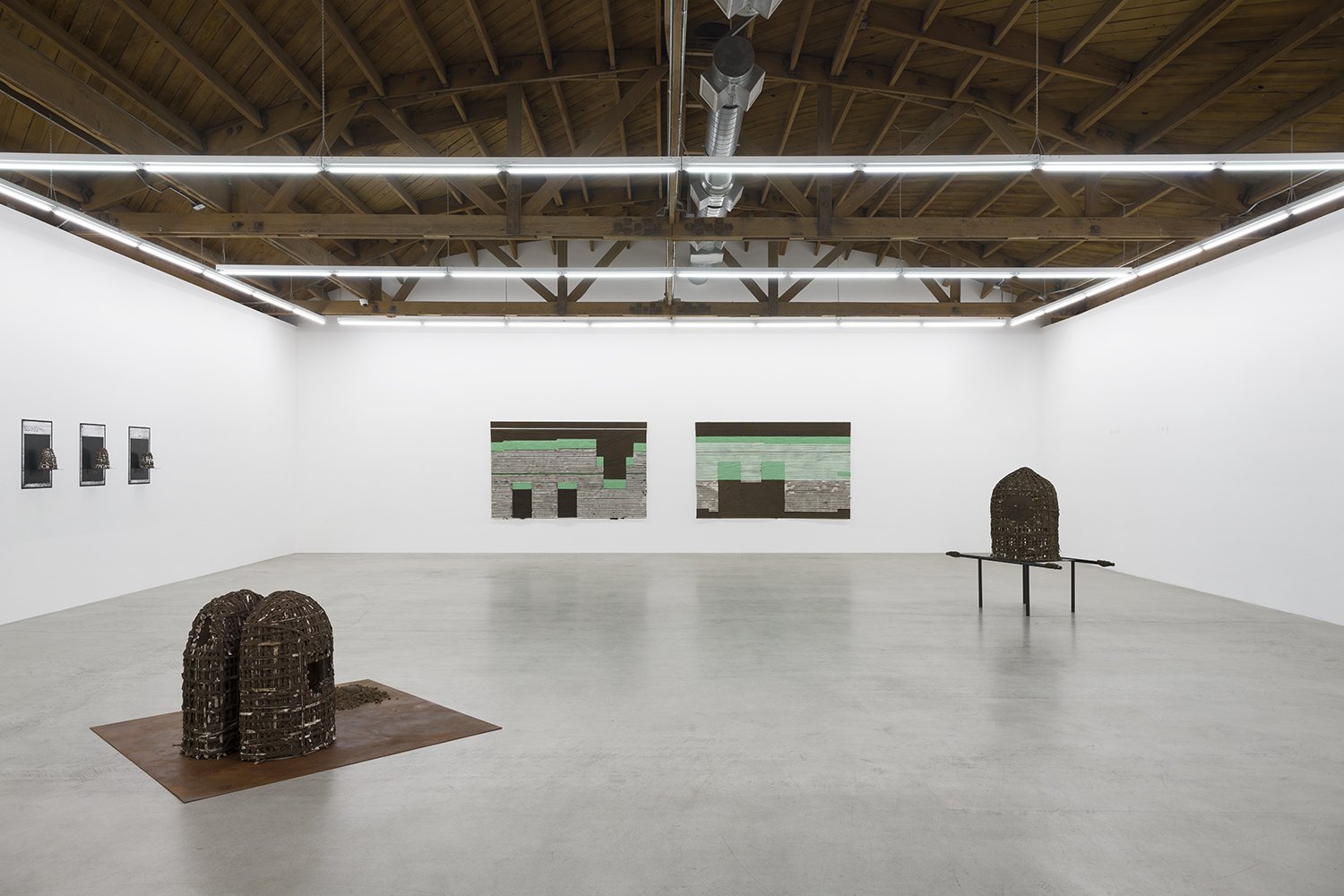 Installation view, the green shoot that cracks the rock, parrasch heijnen gallery, LA, 2022
Installation view, the green shoot that cracks the rock, parrasch heijnen gallery, LA, 2022